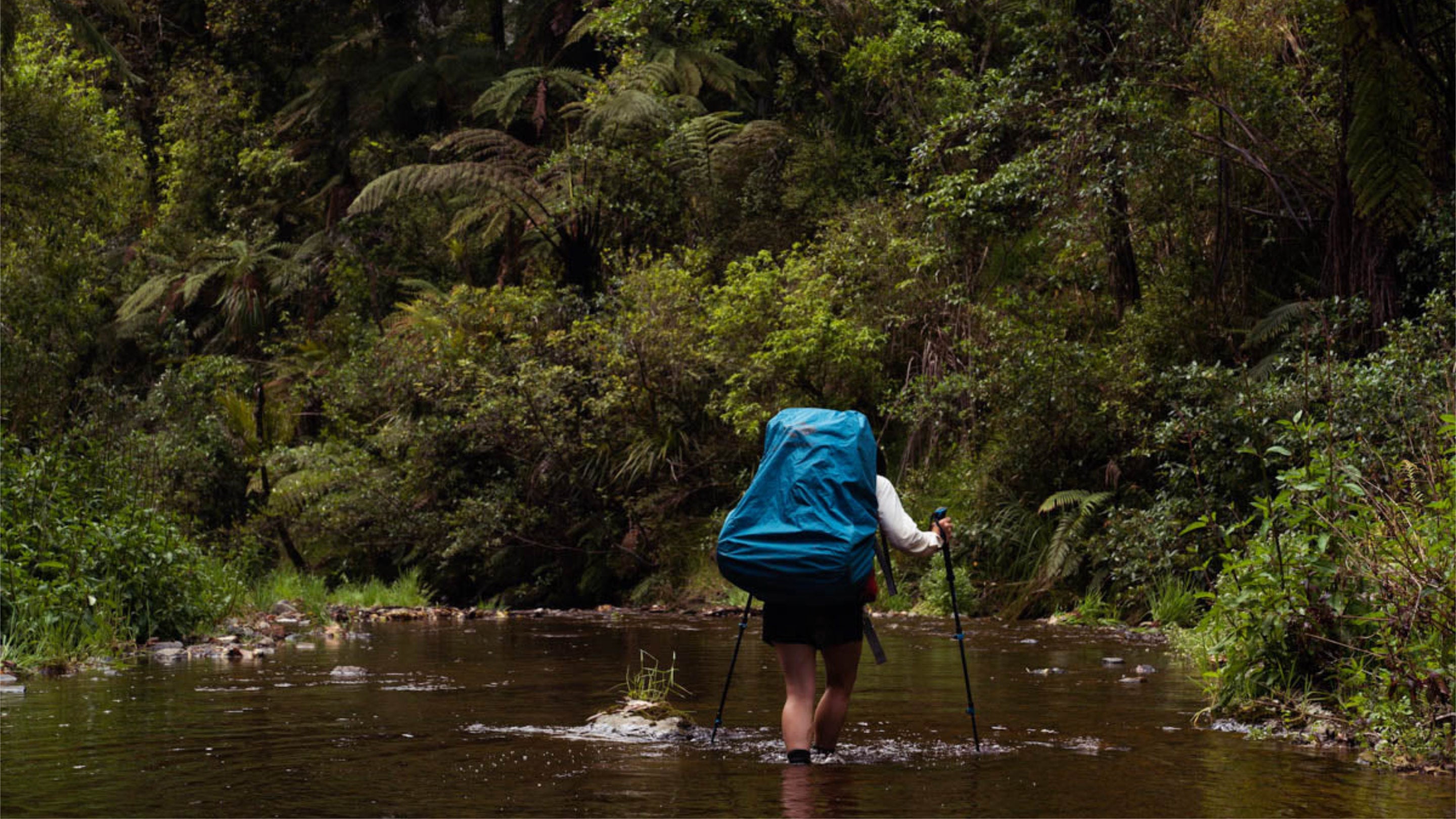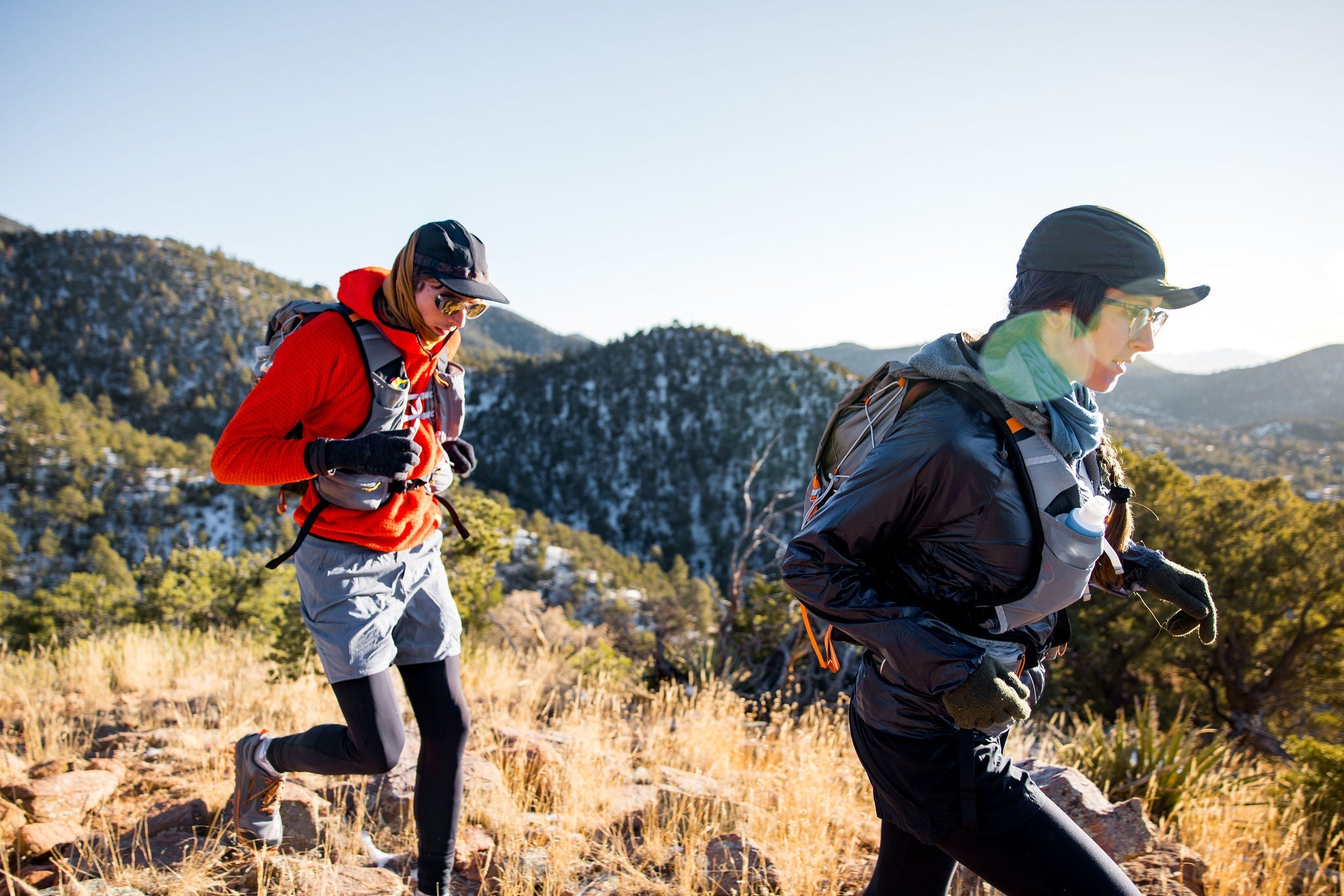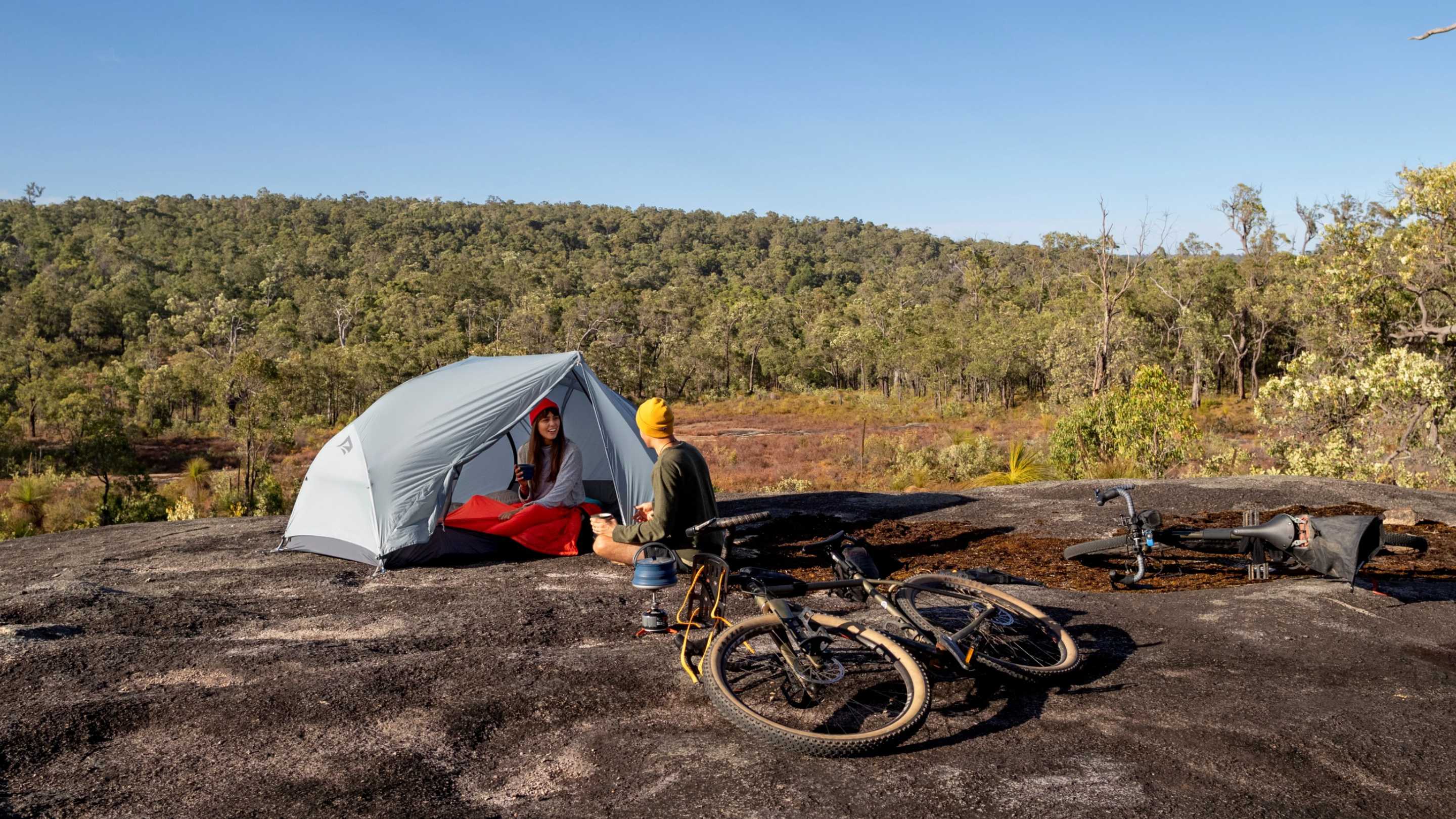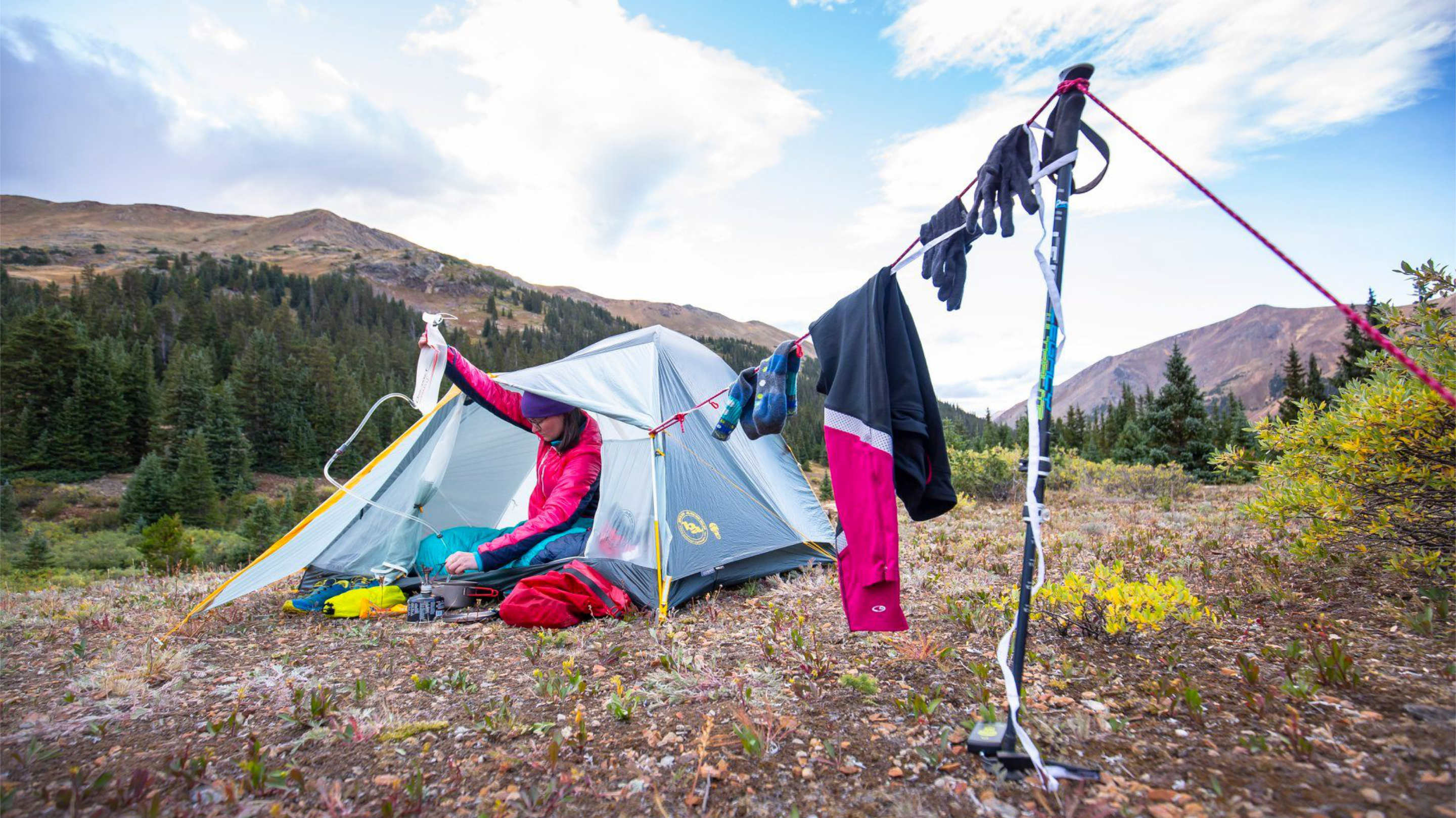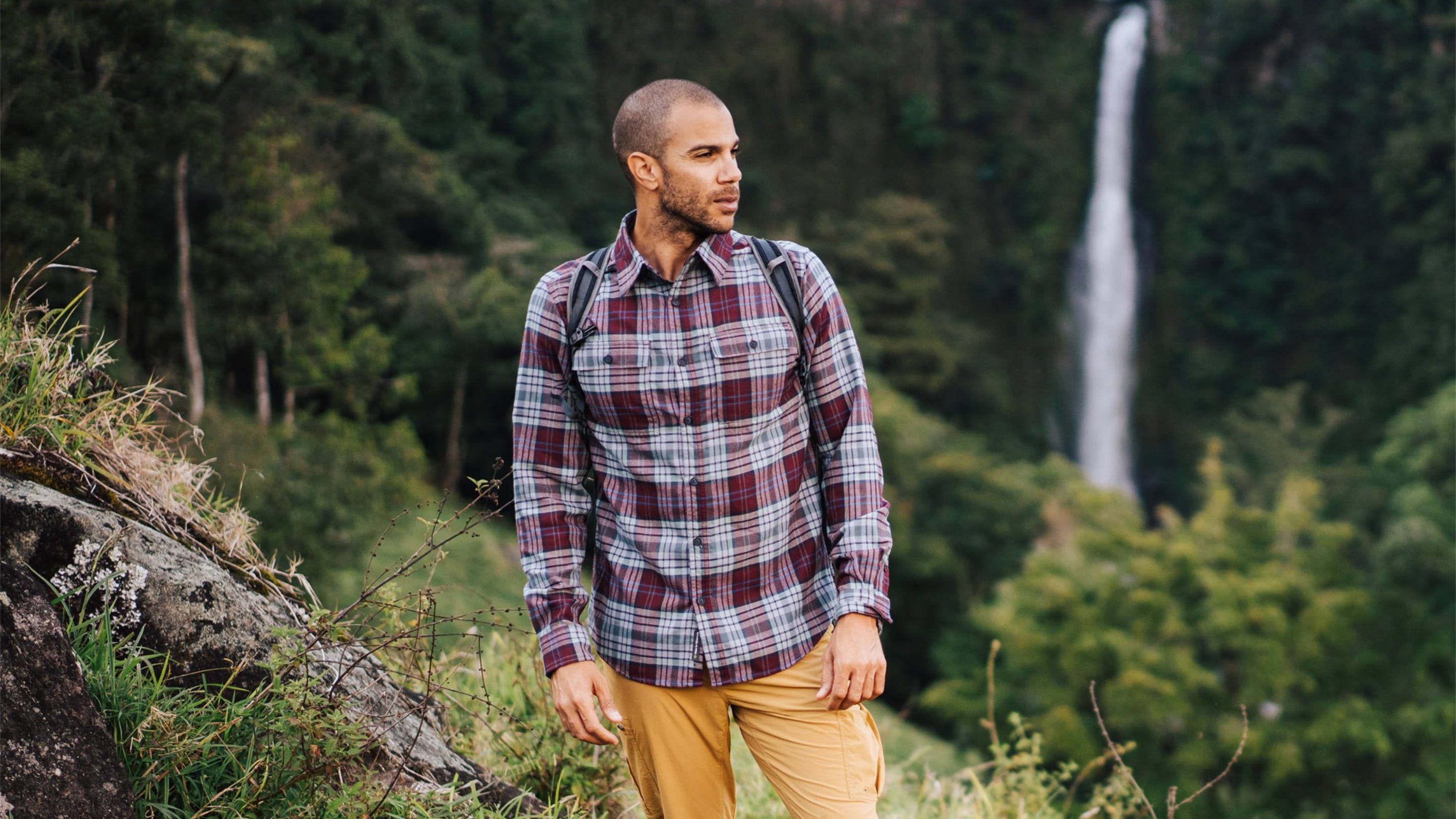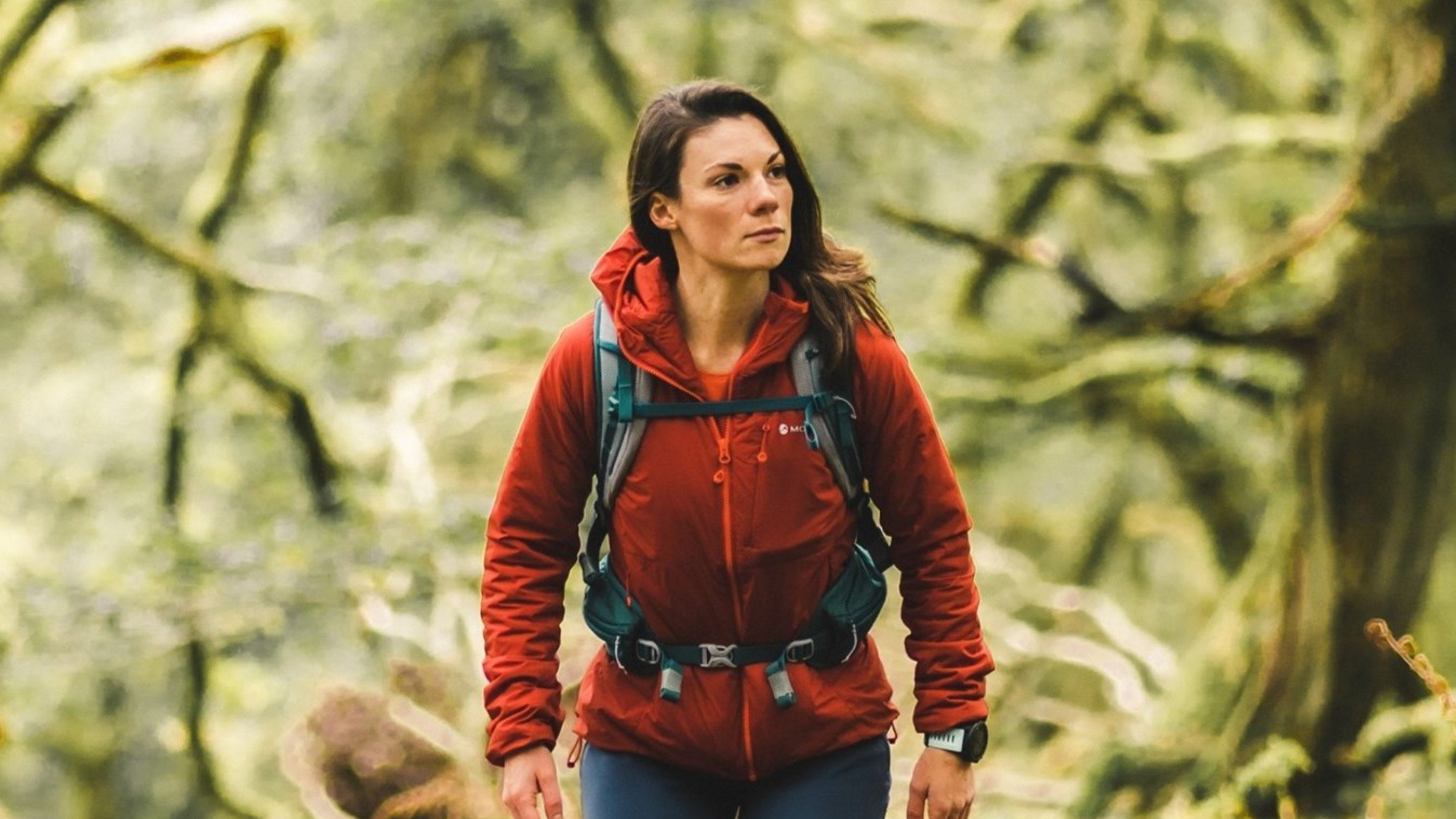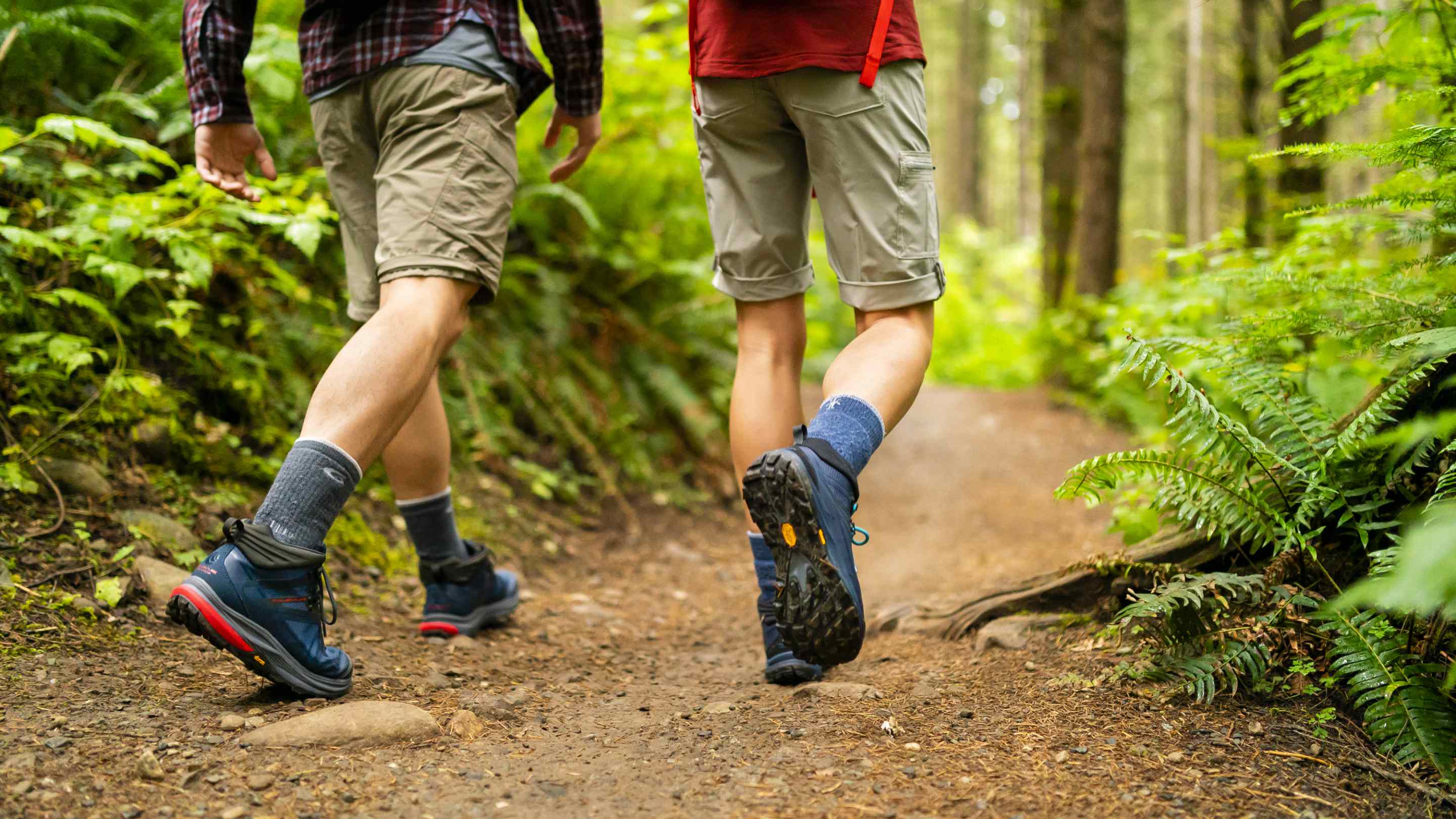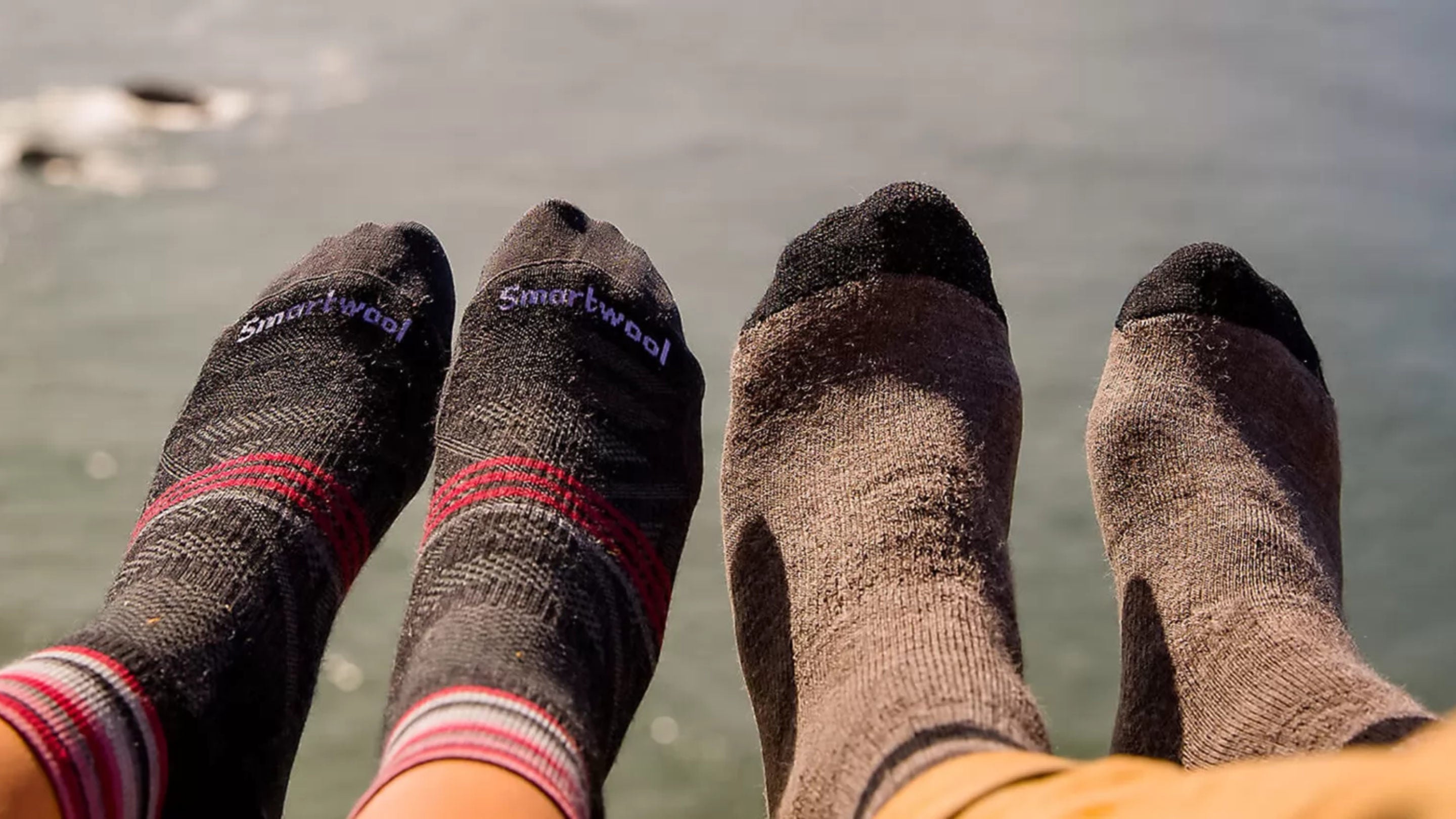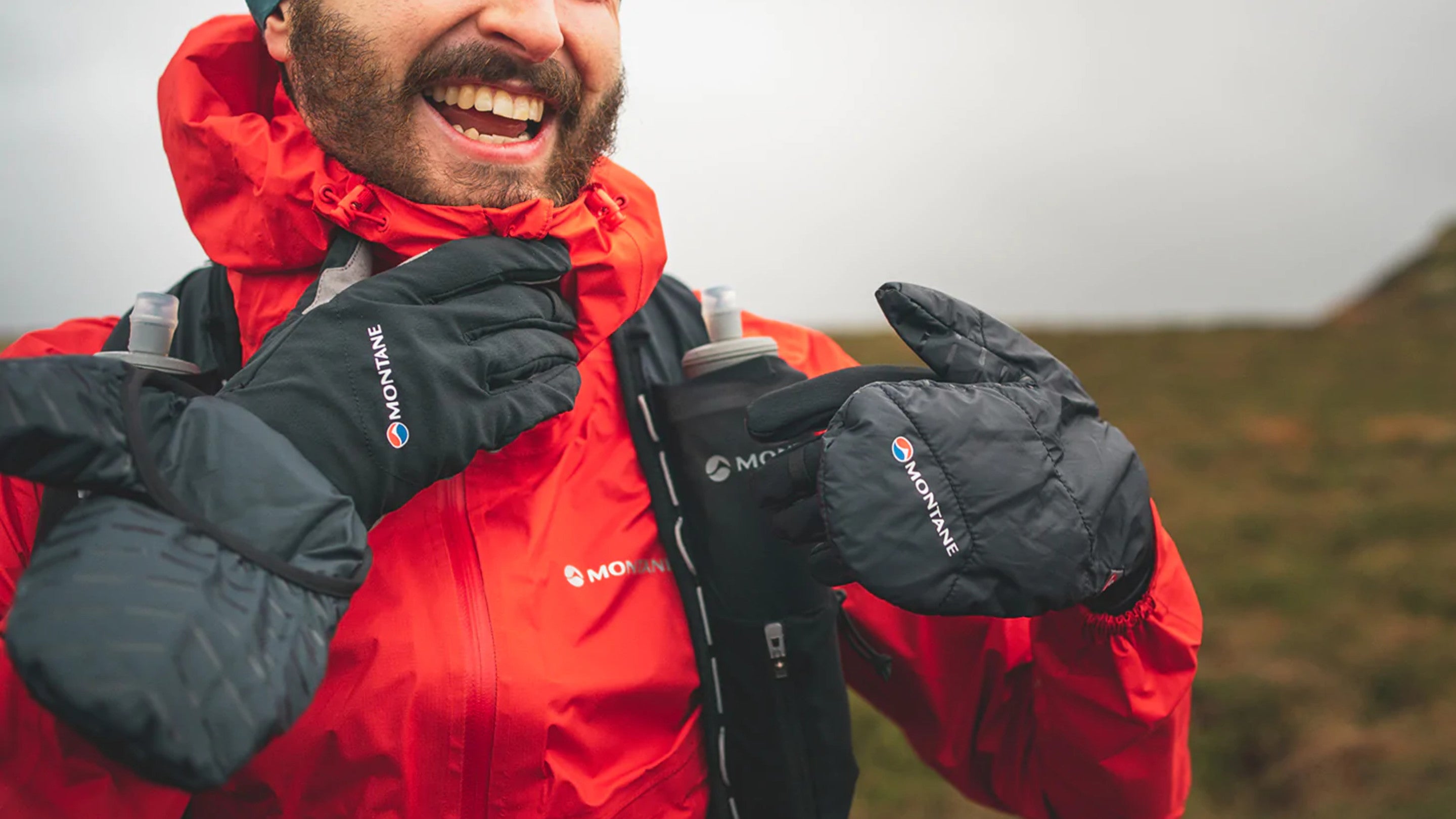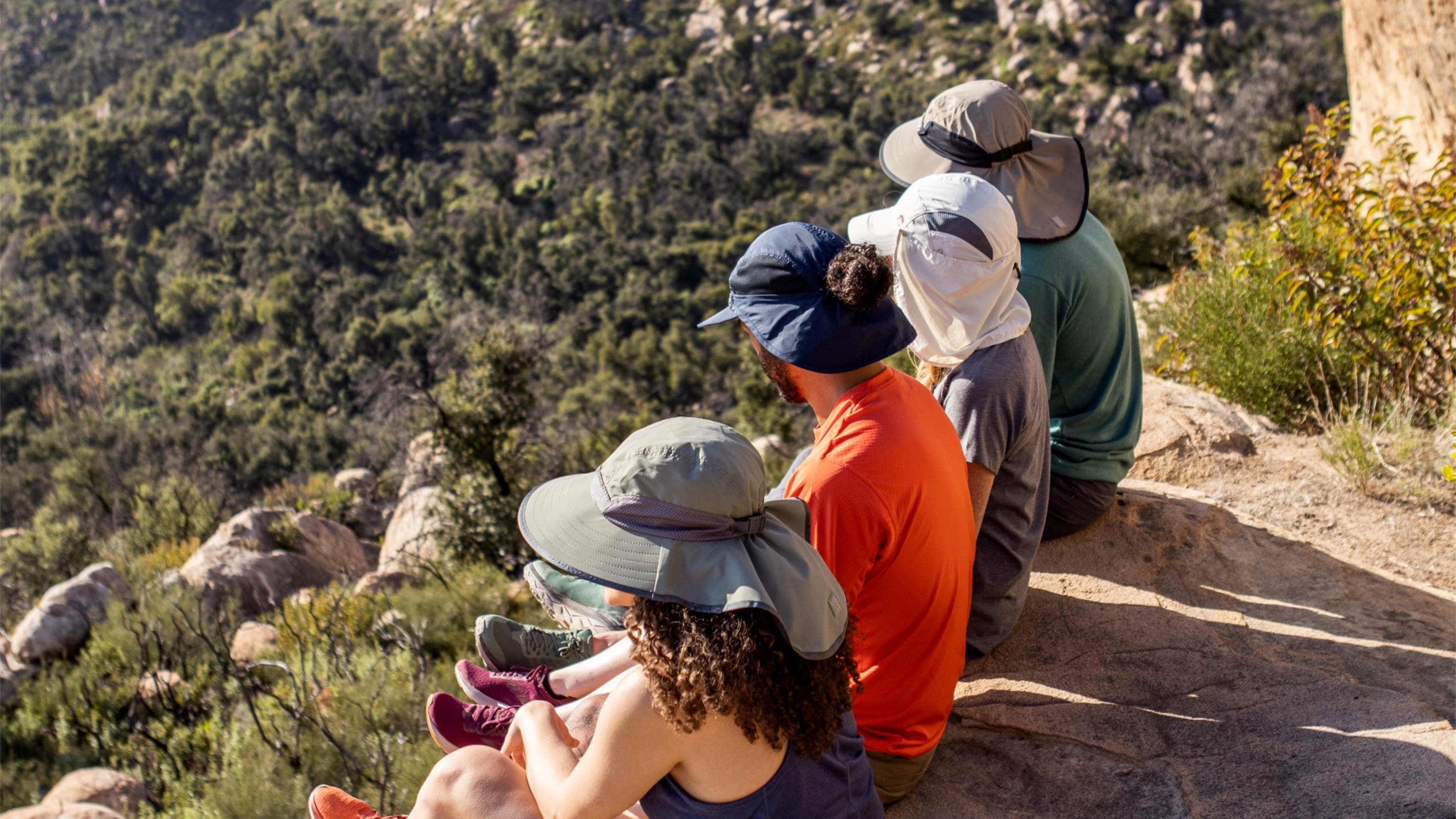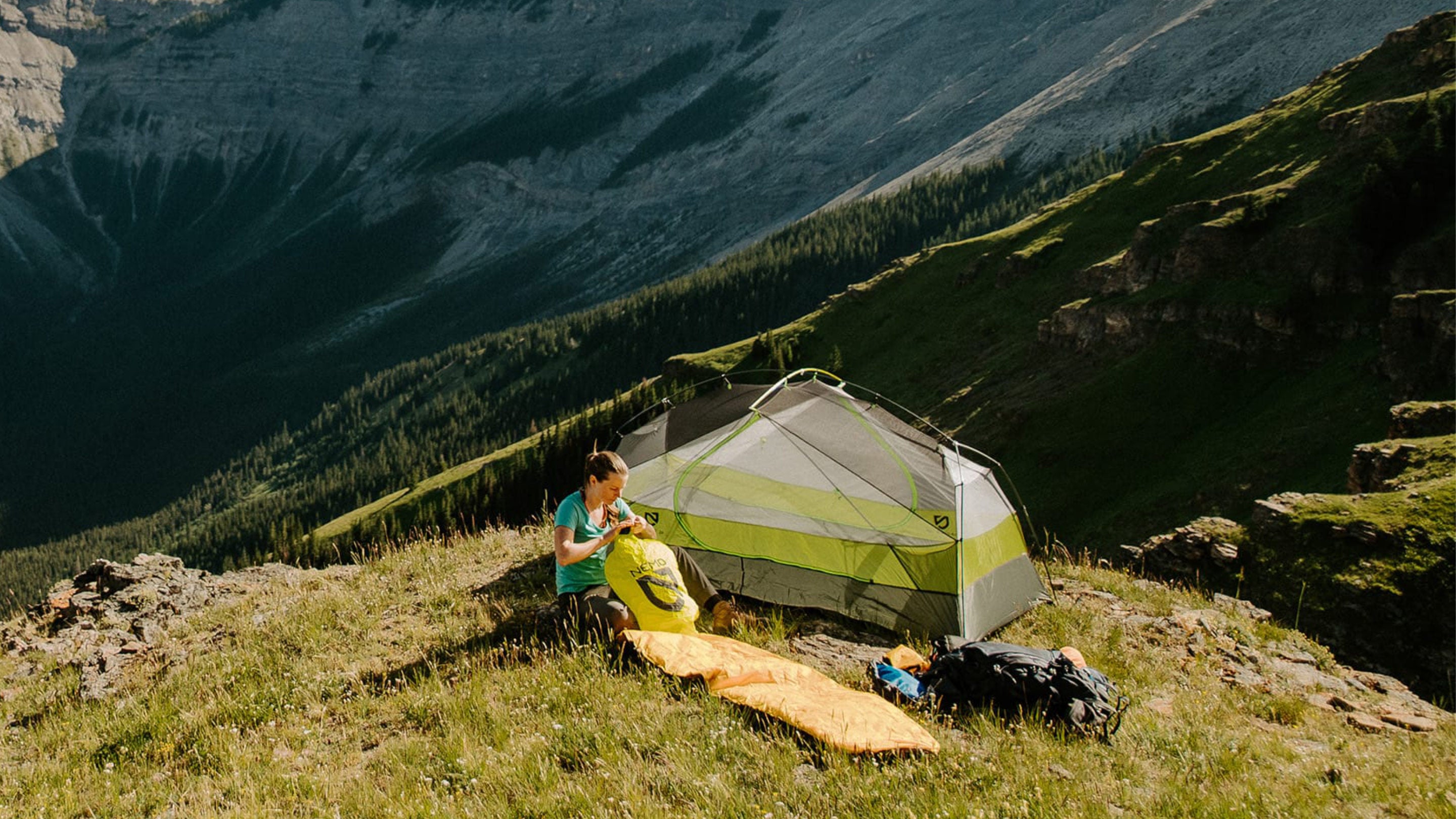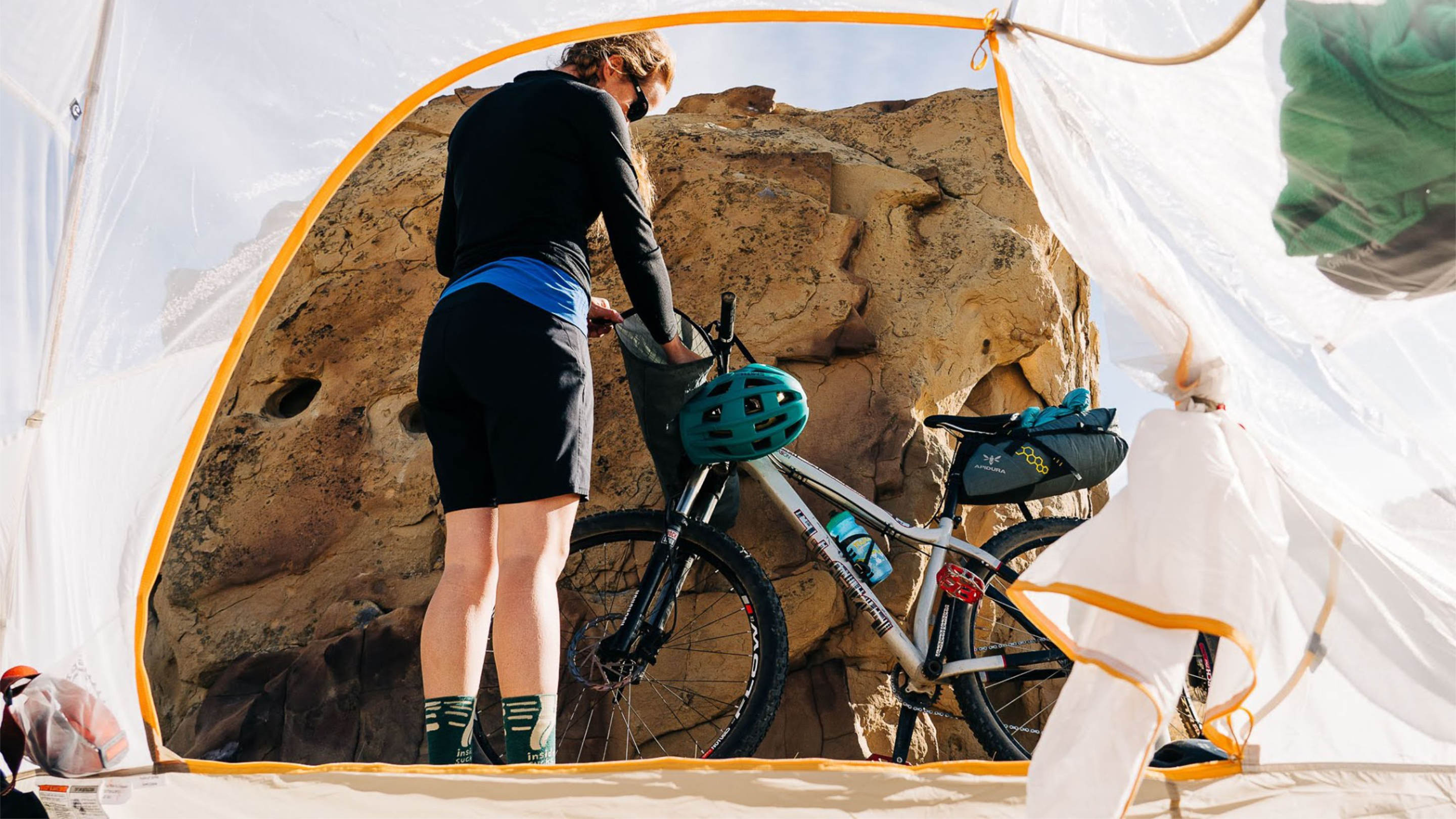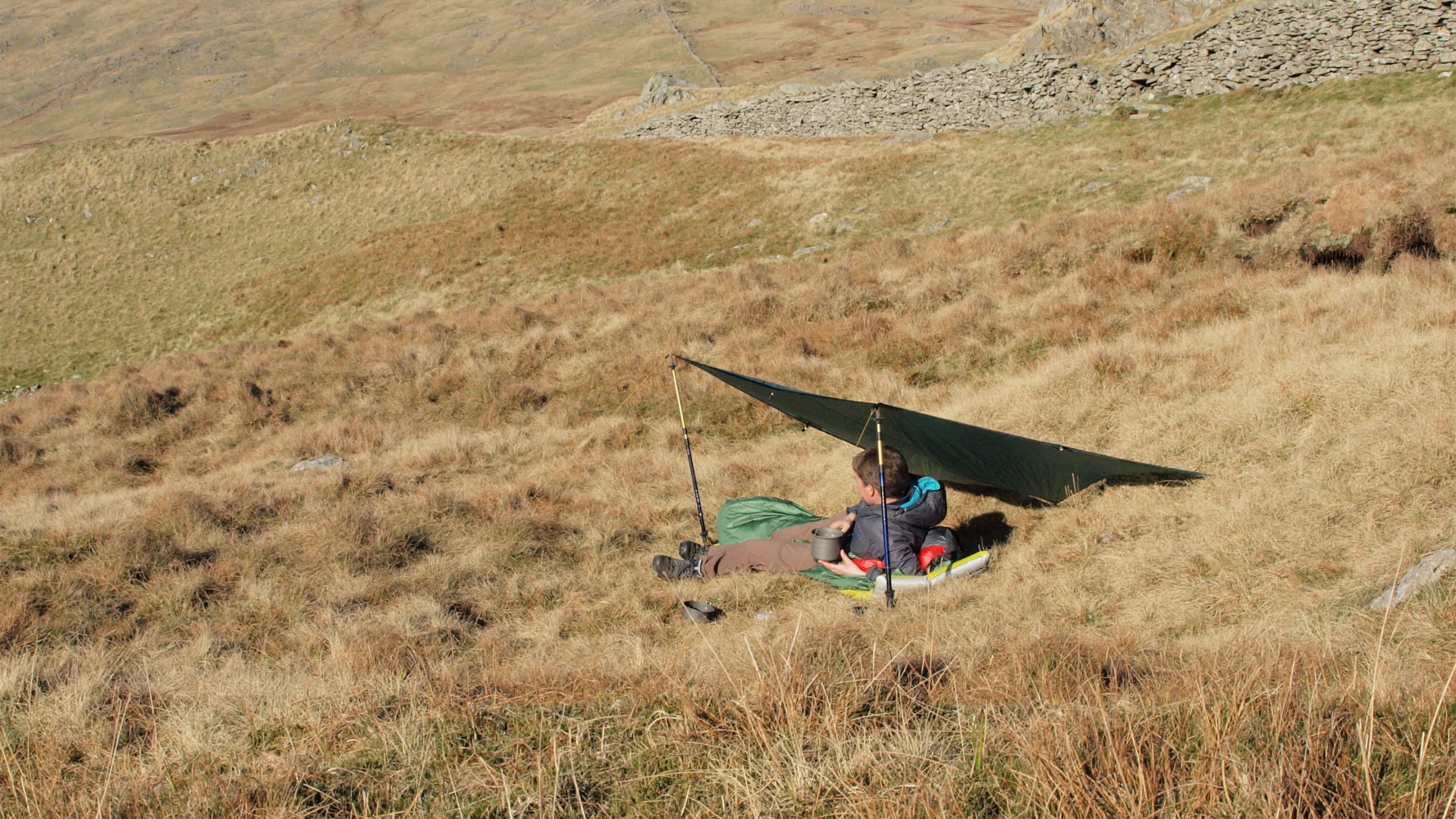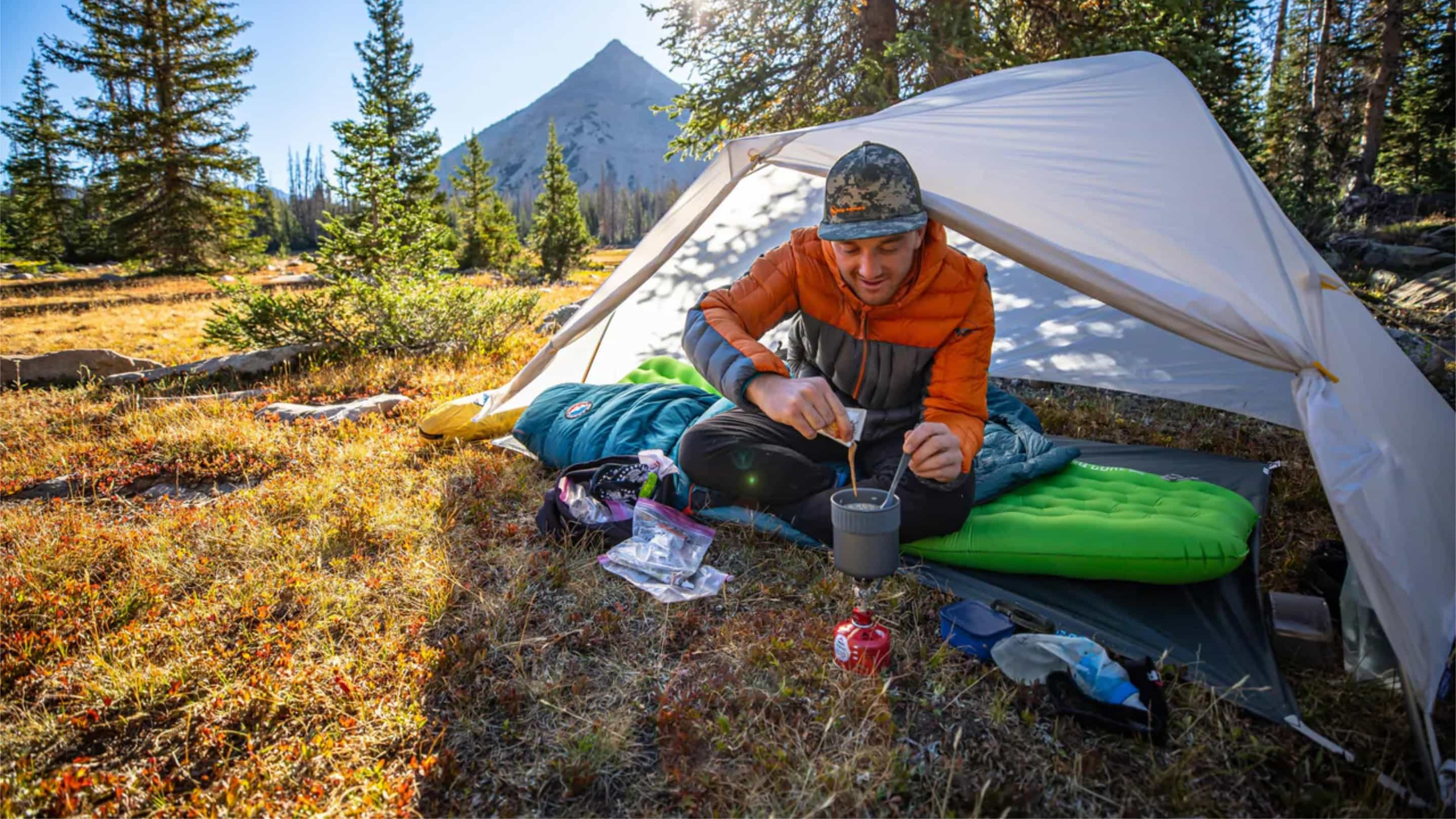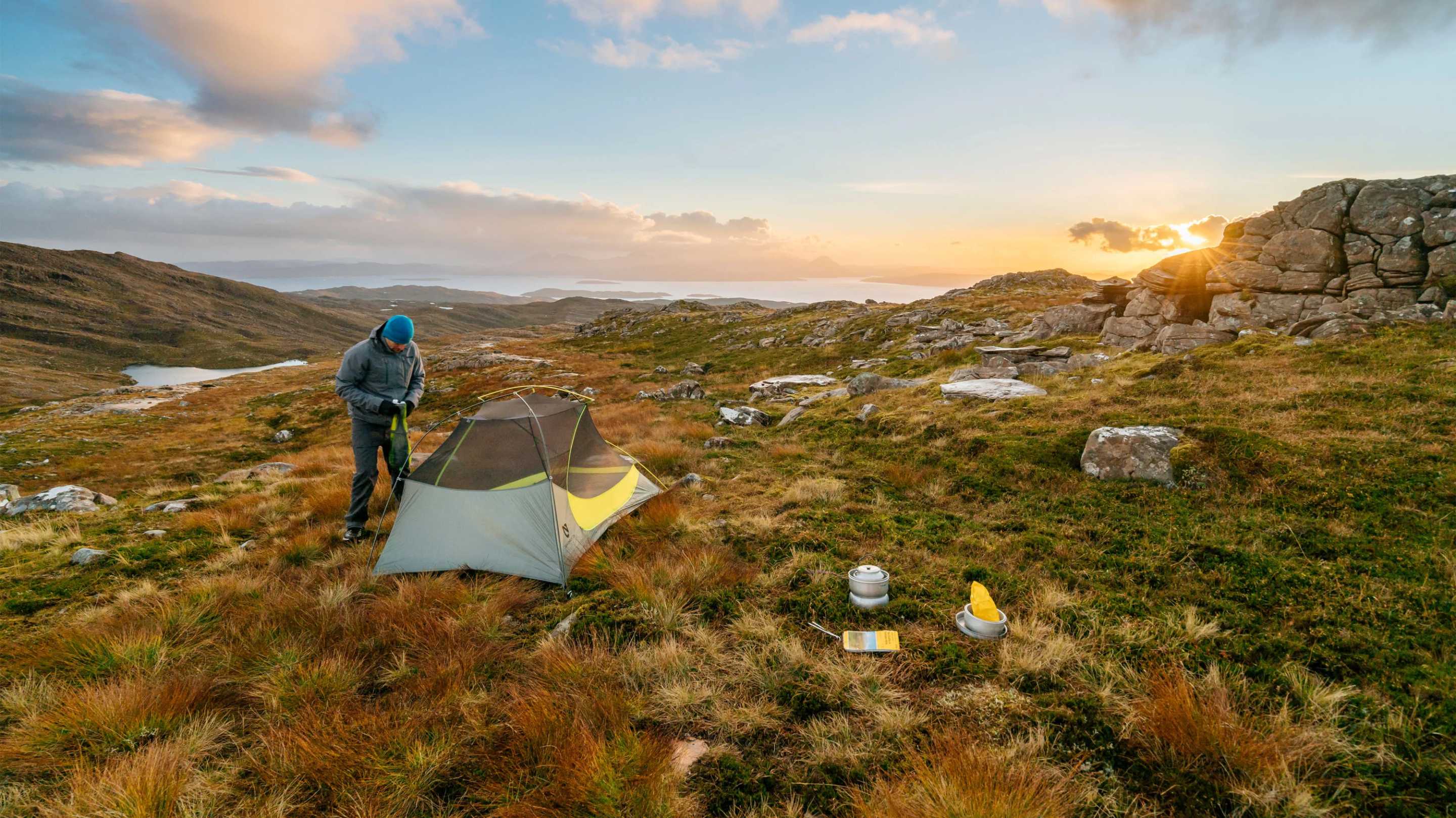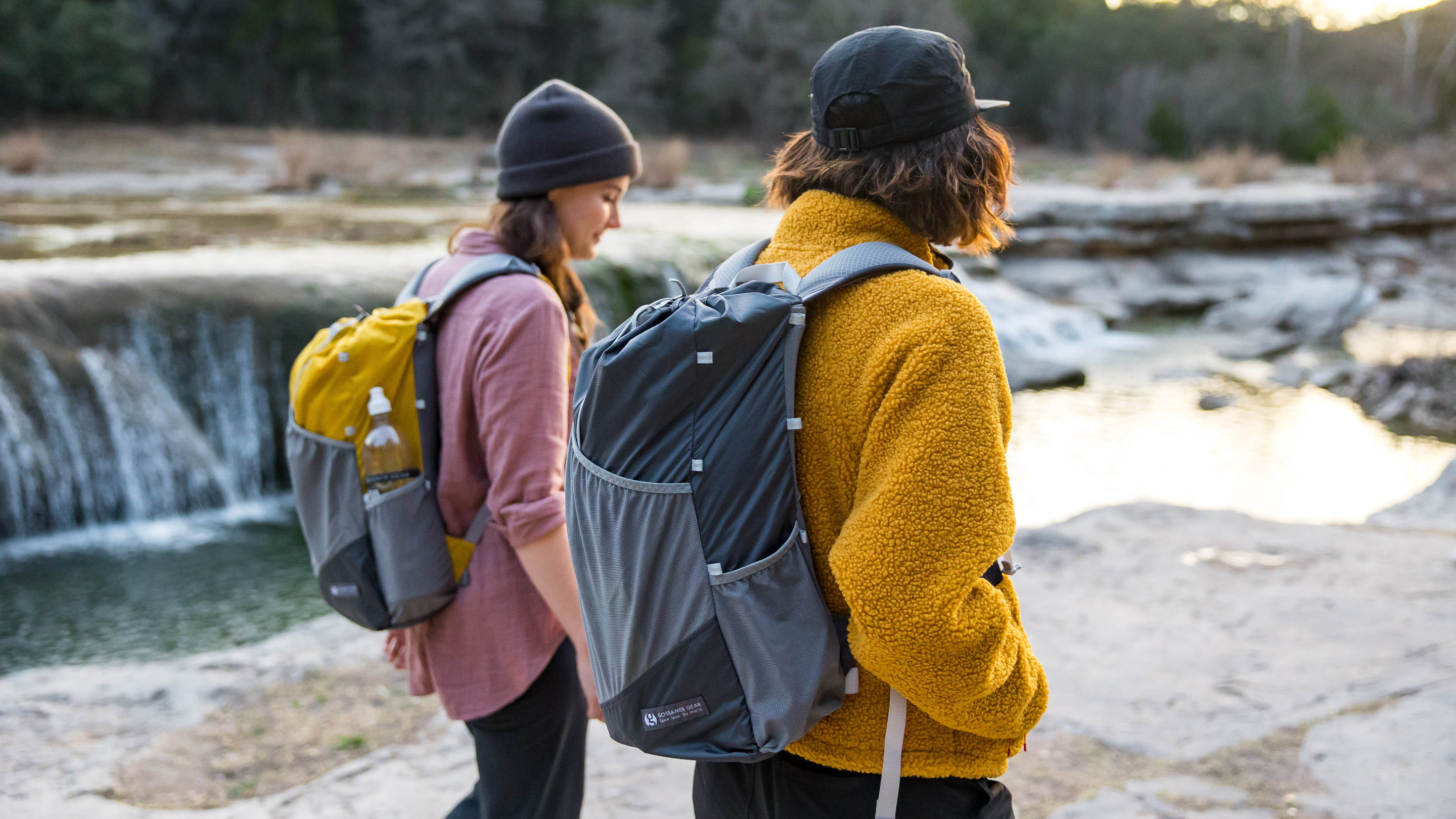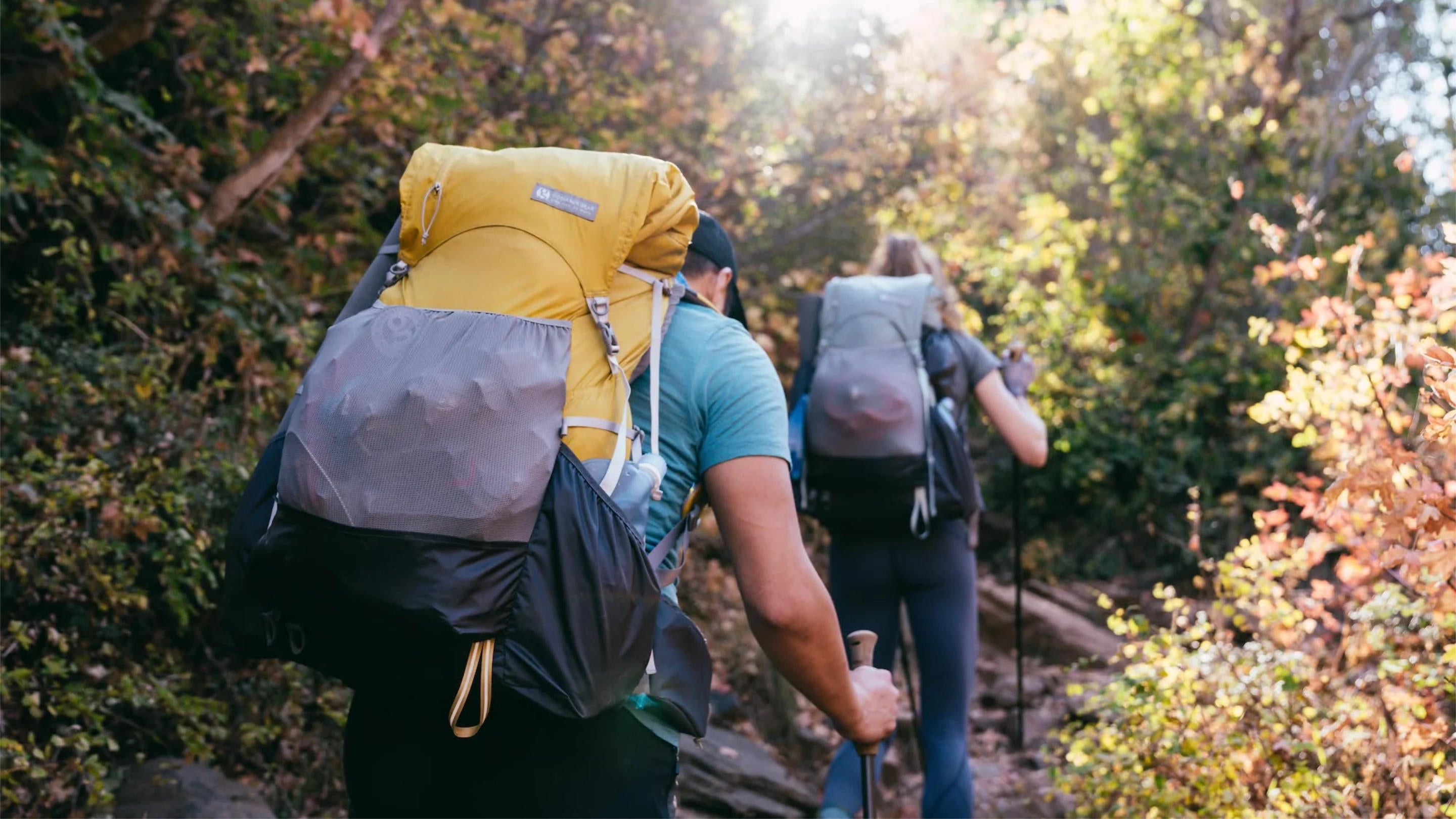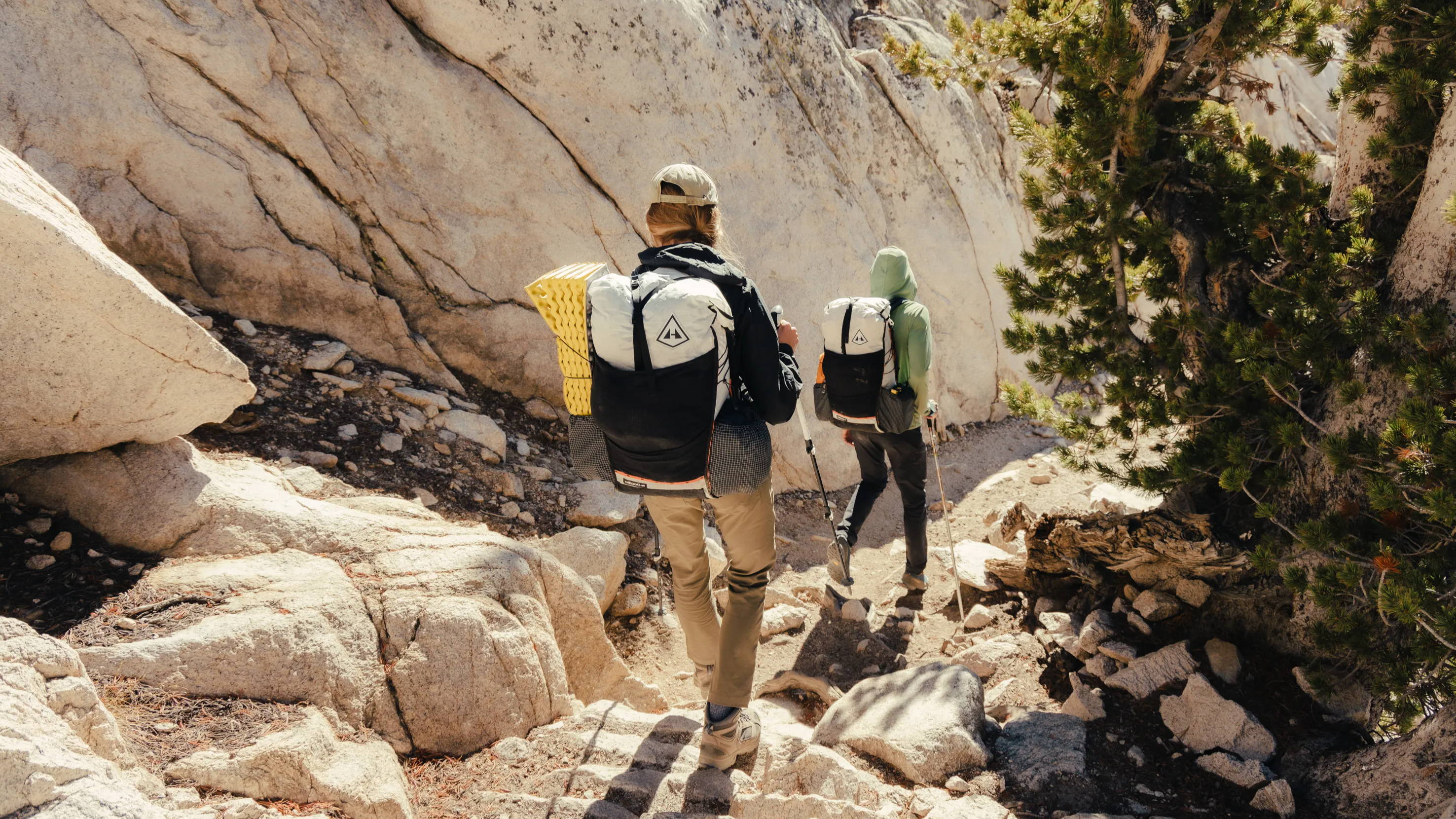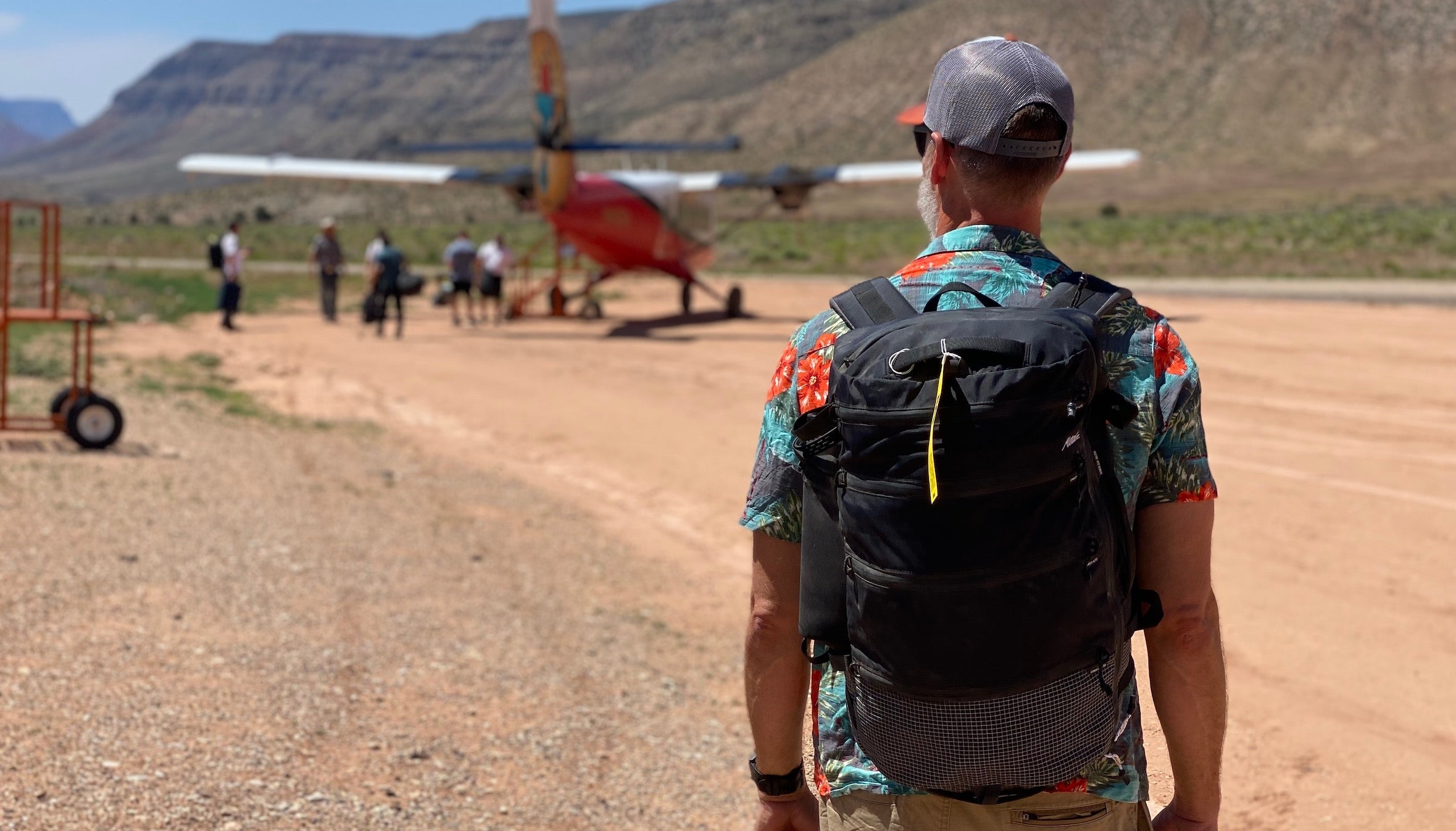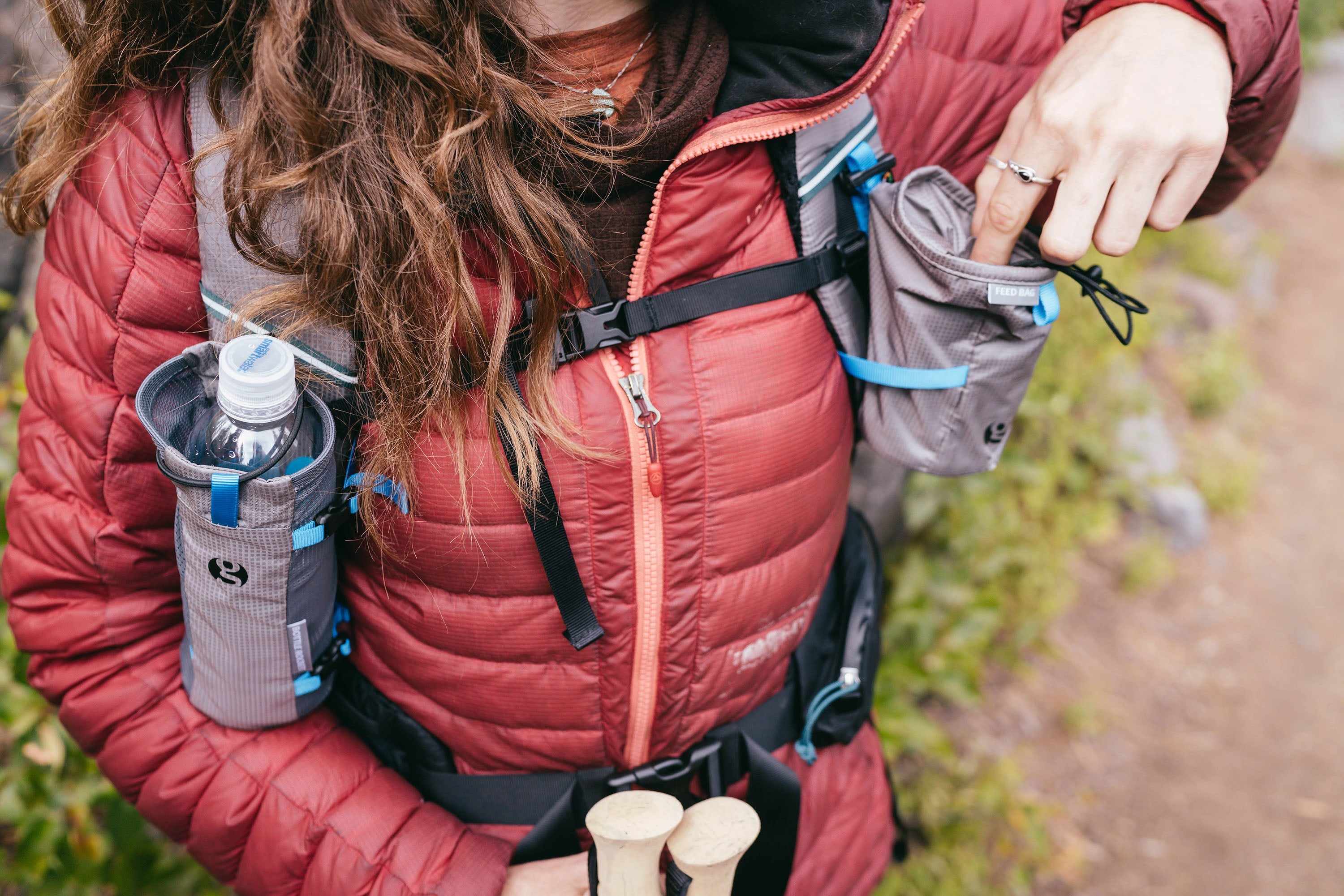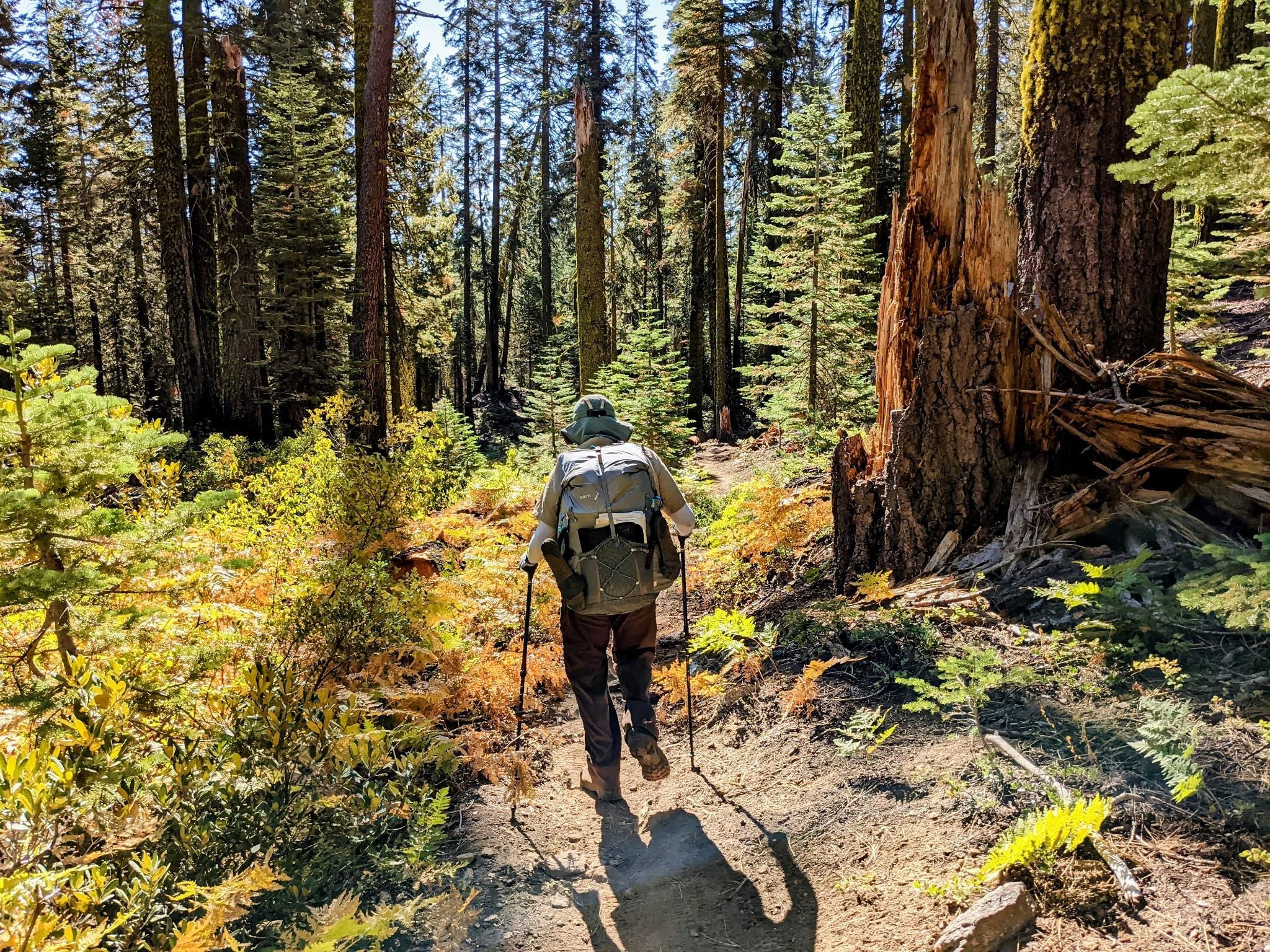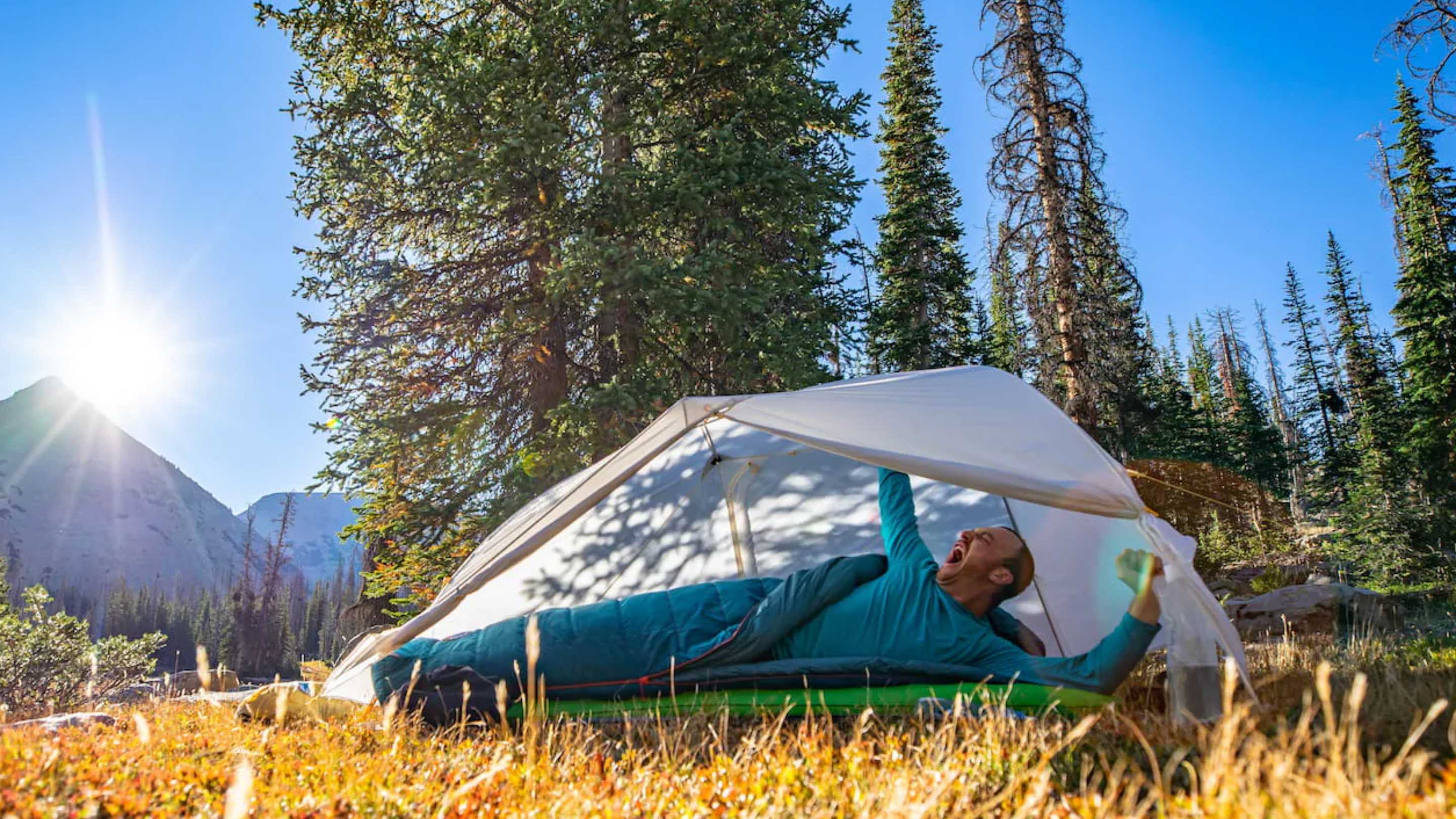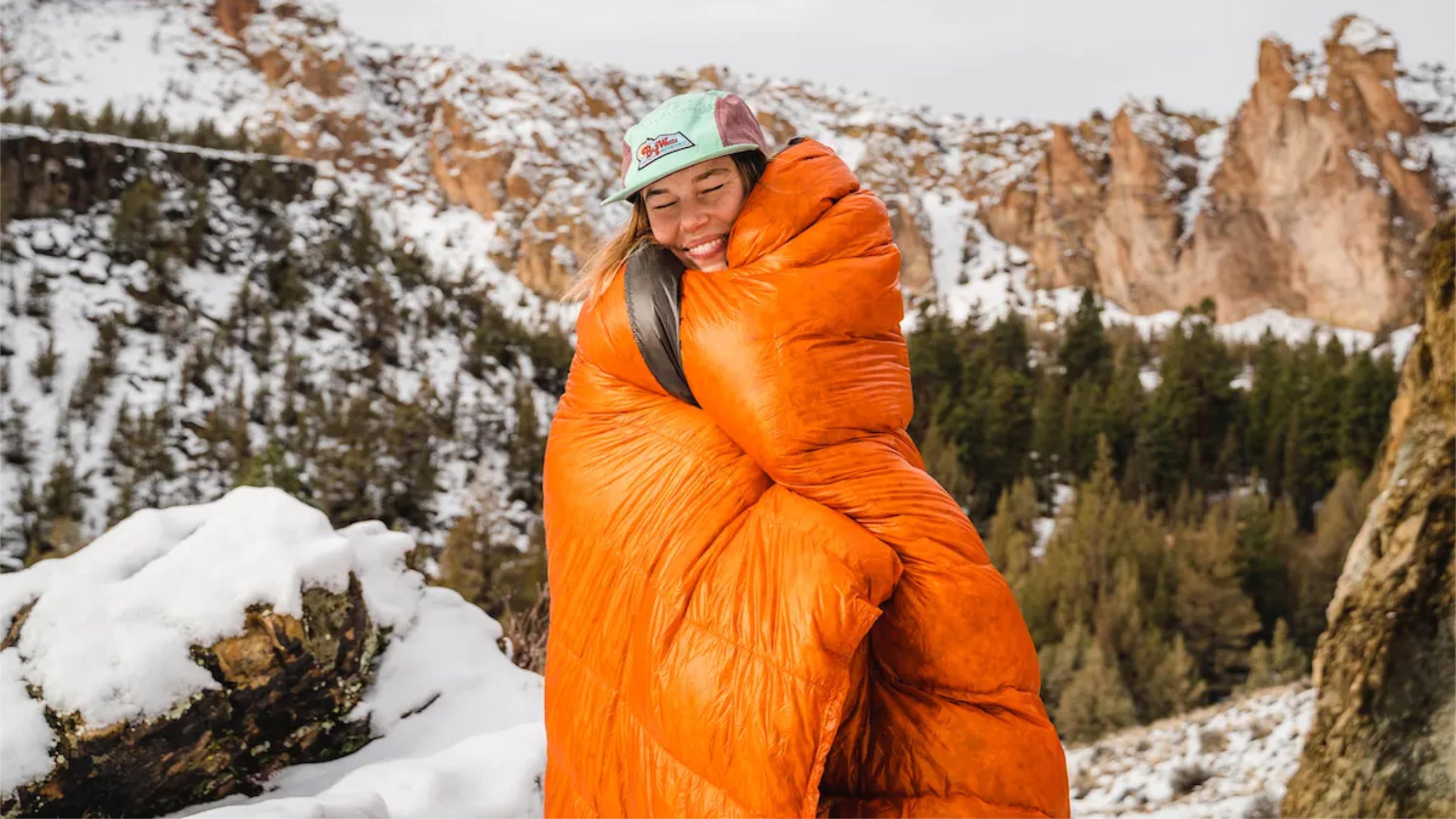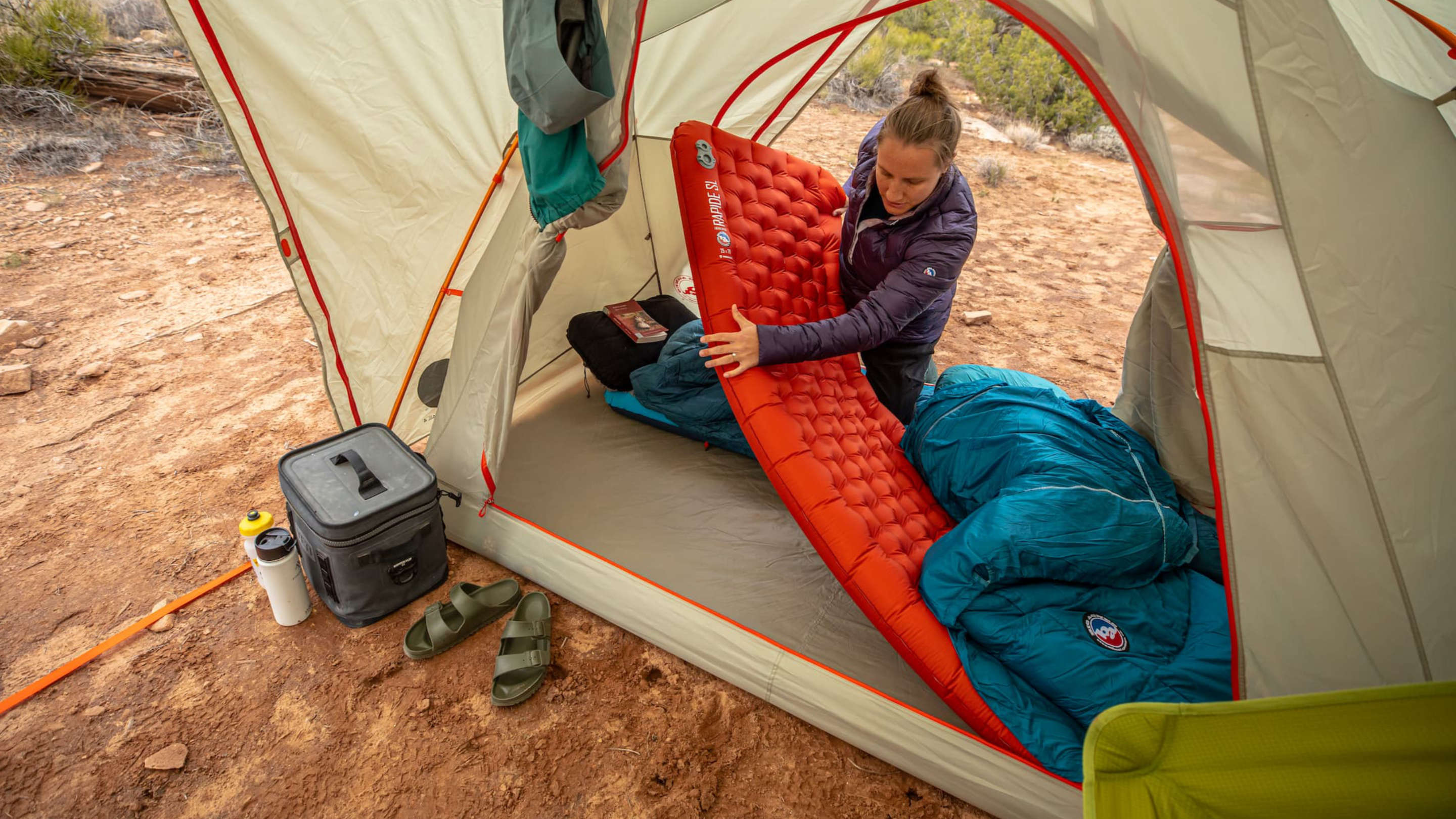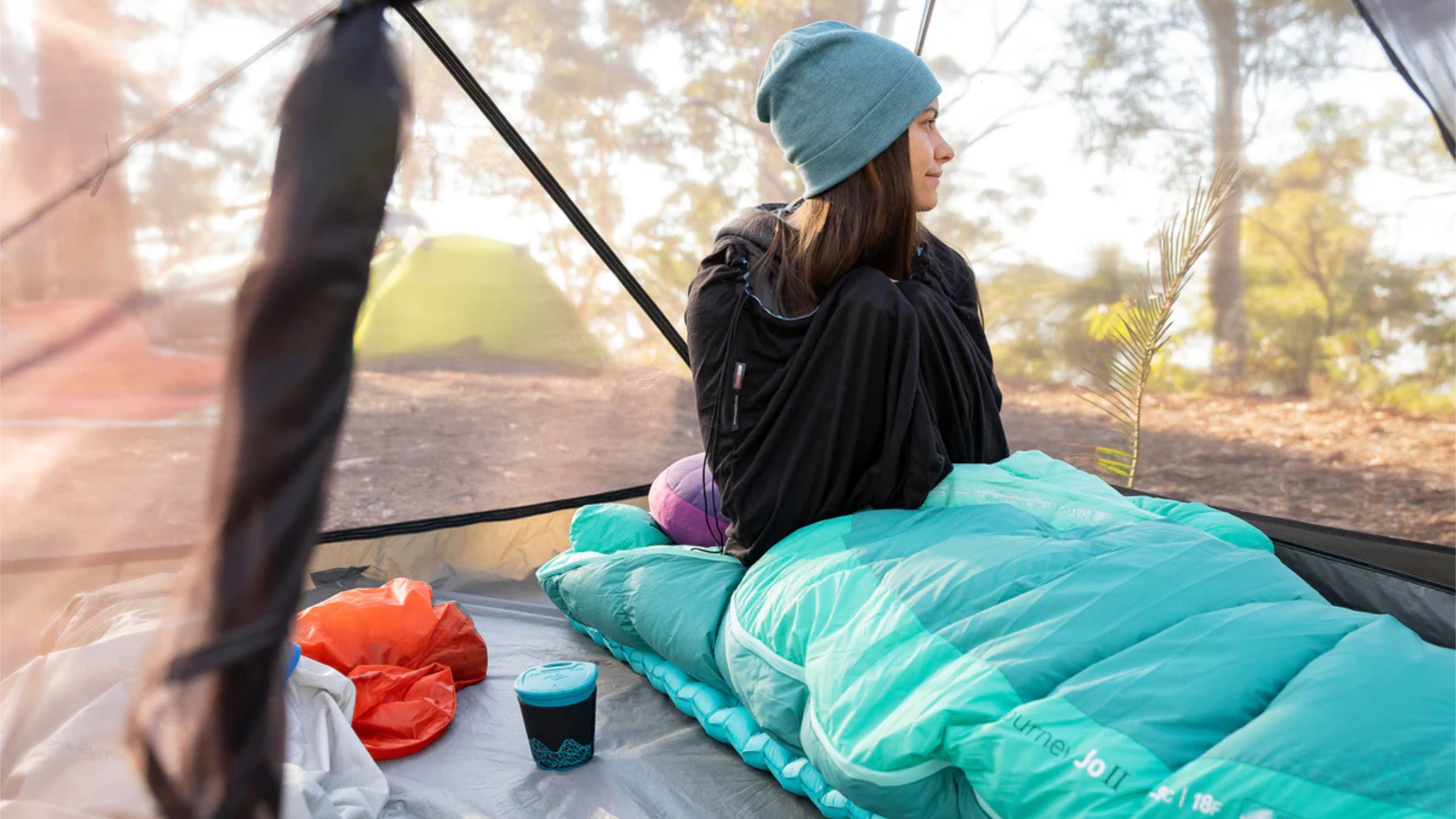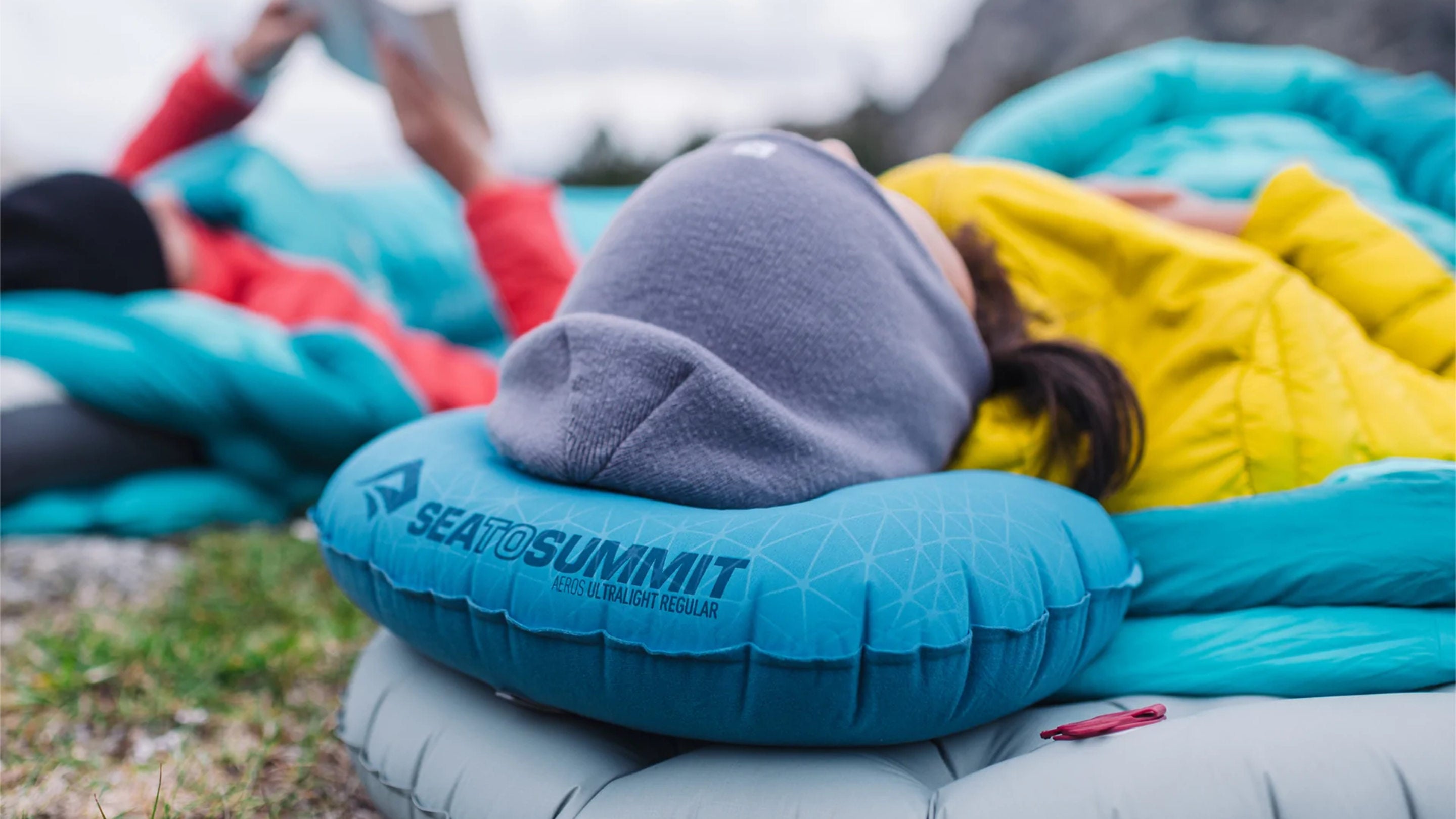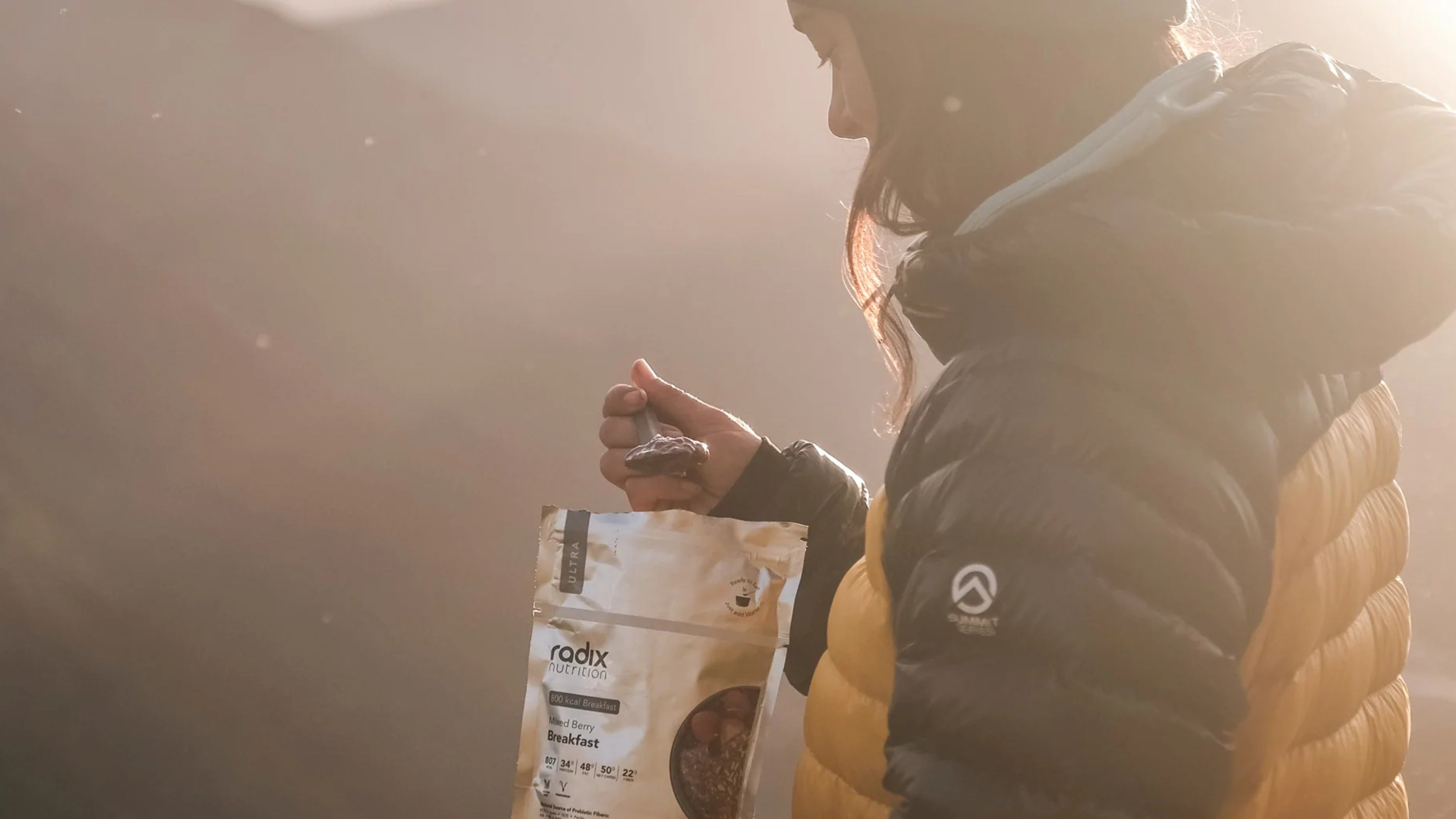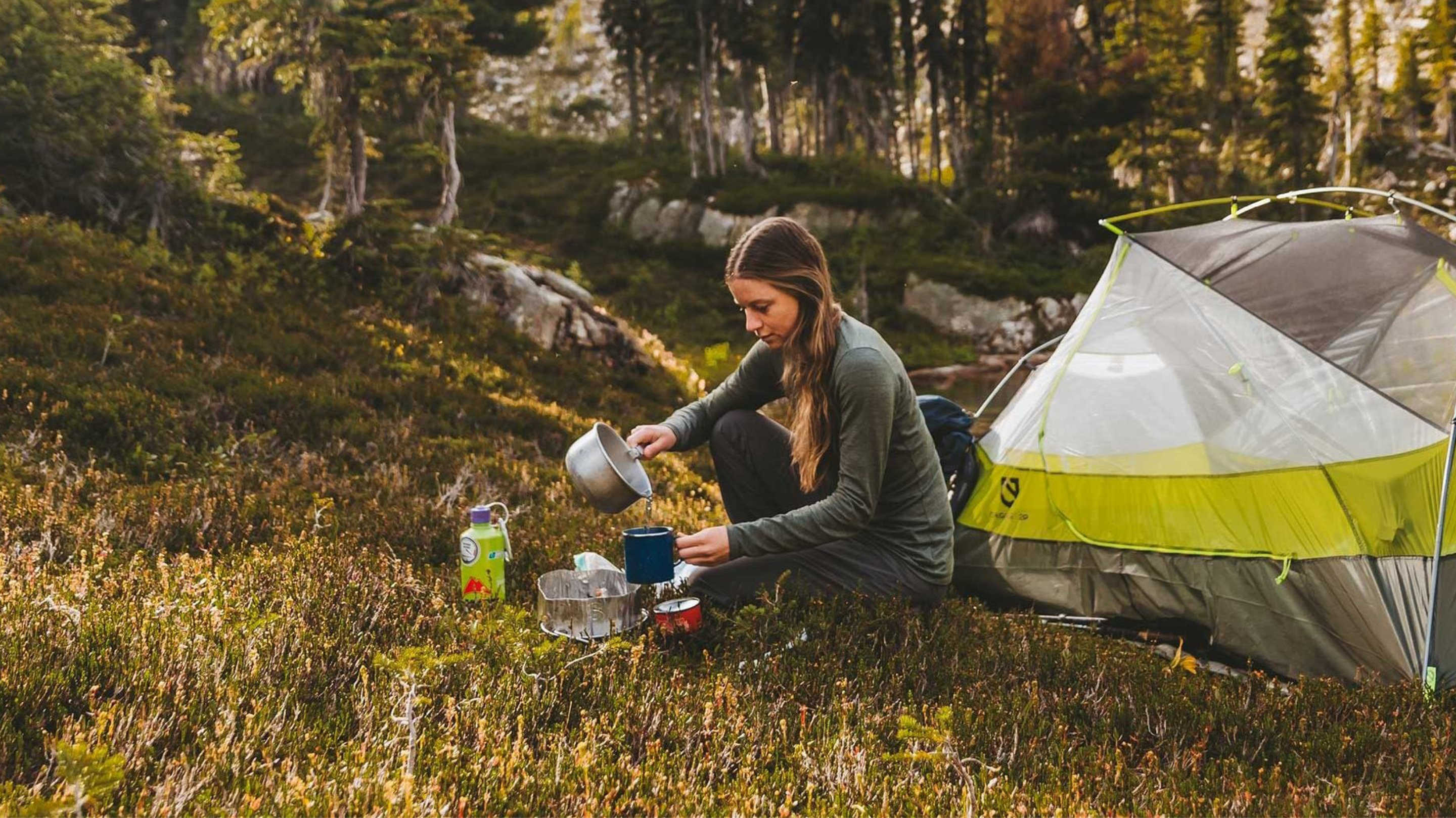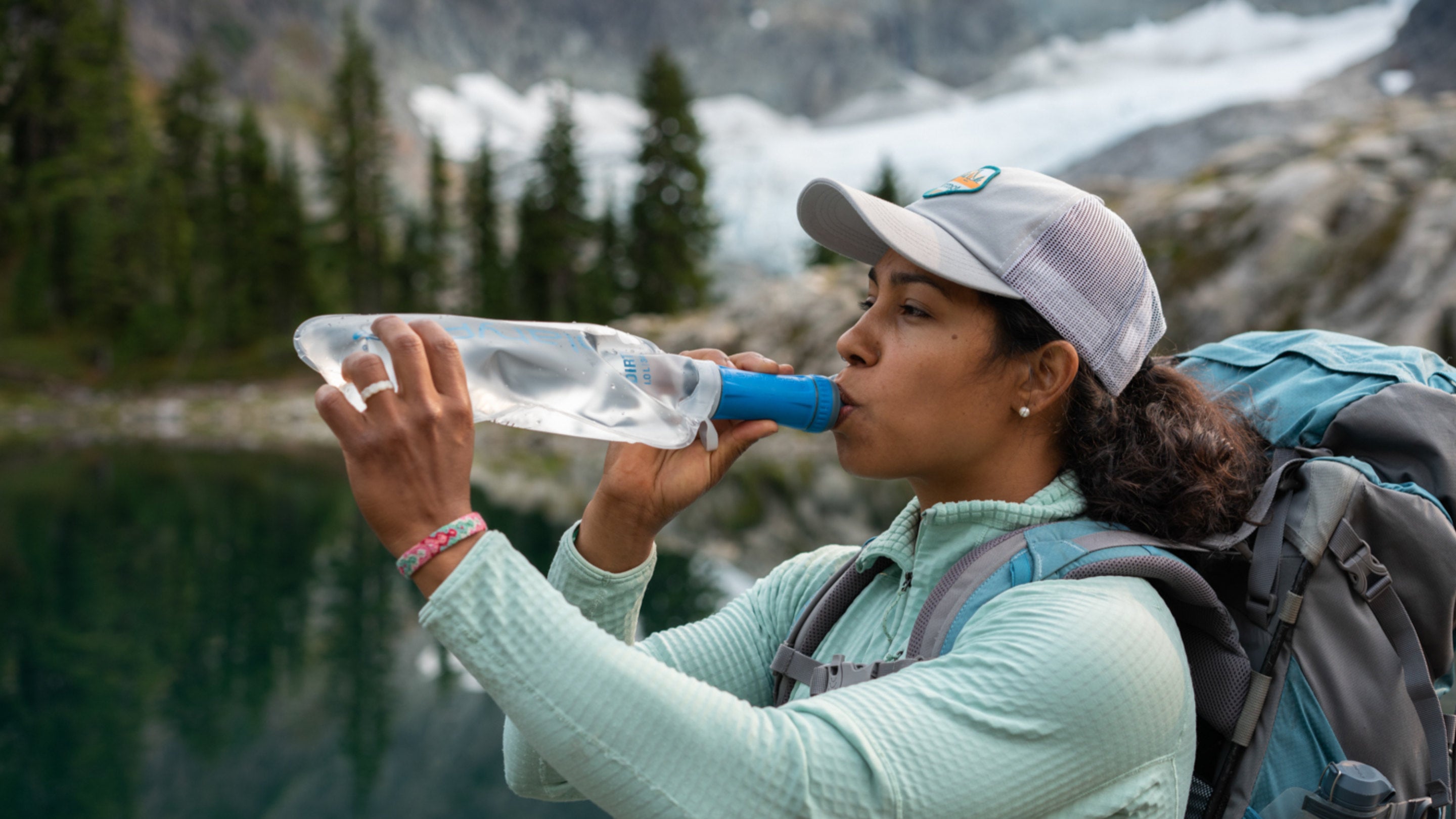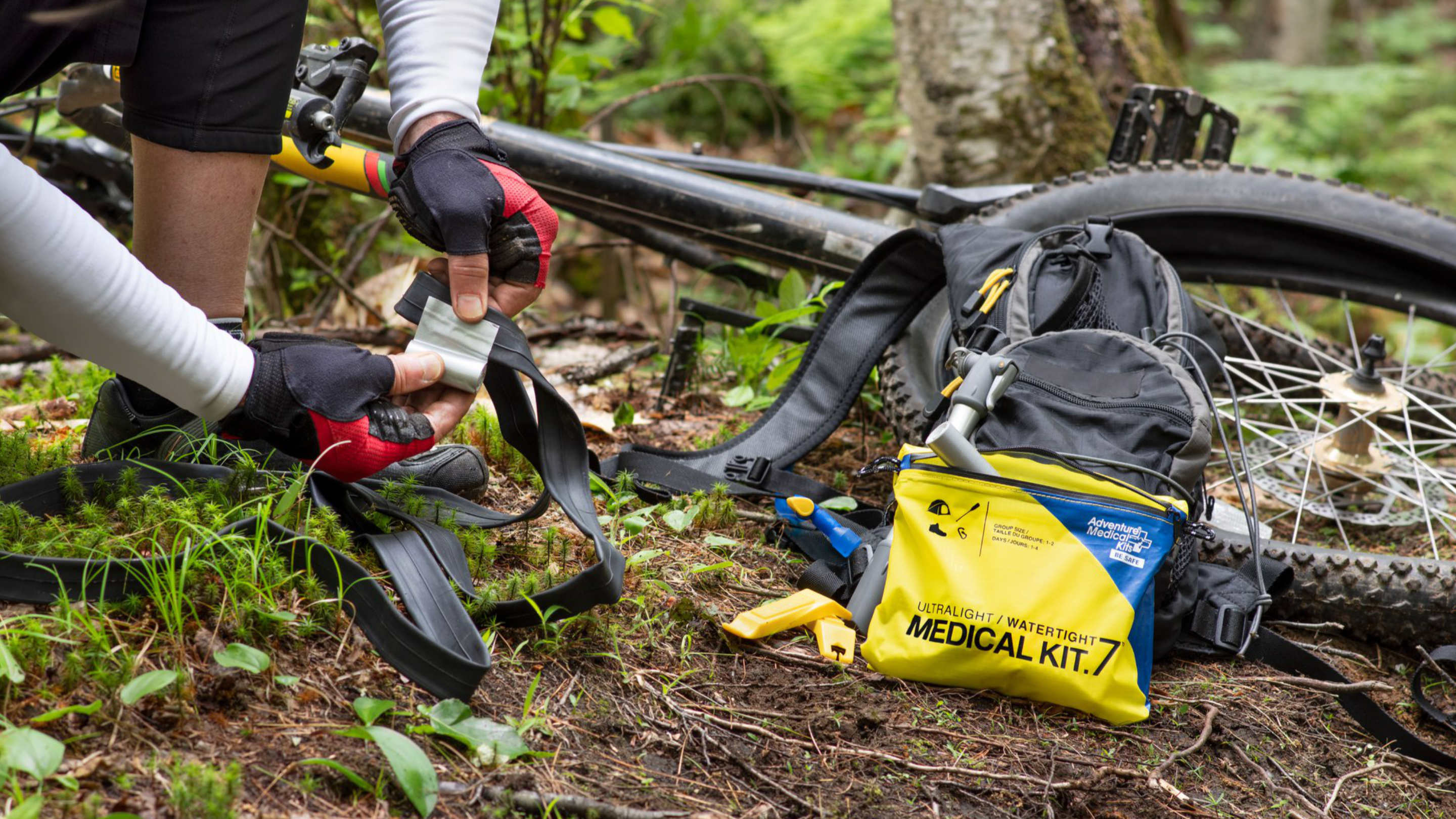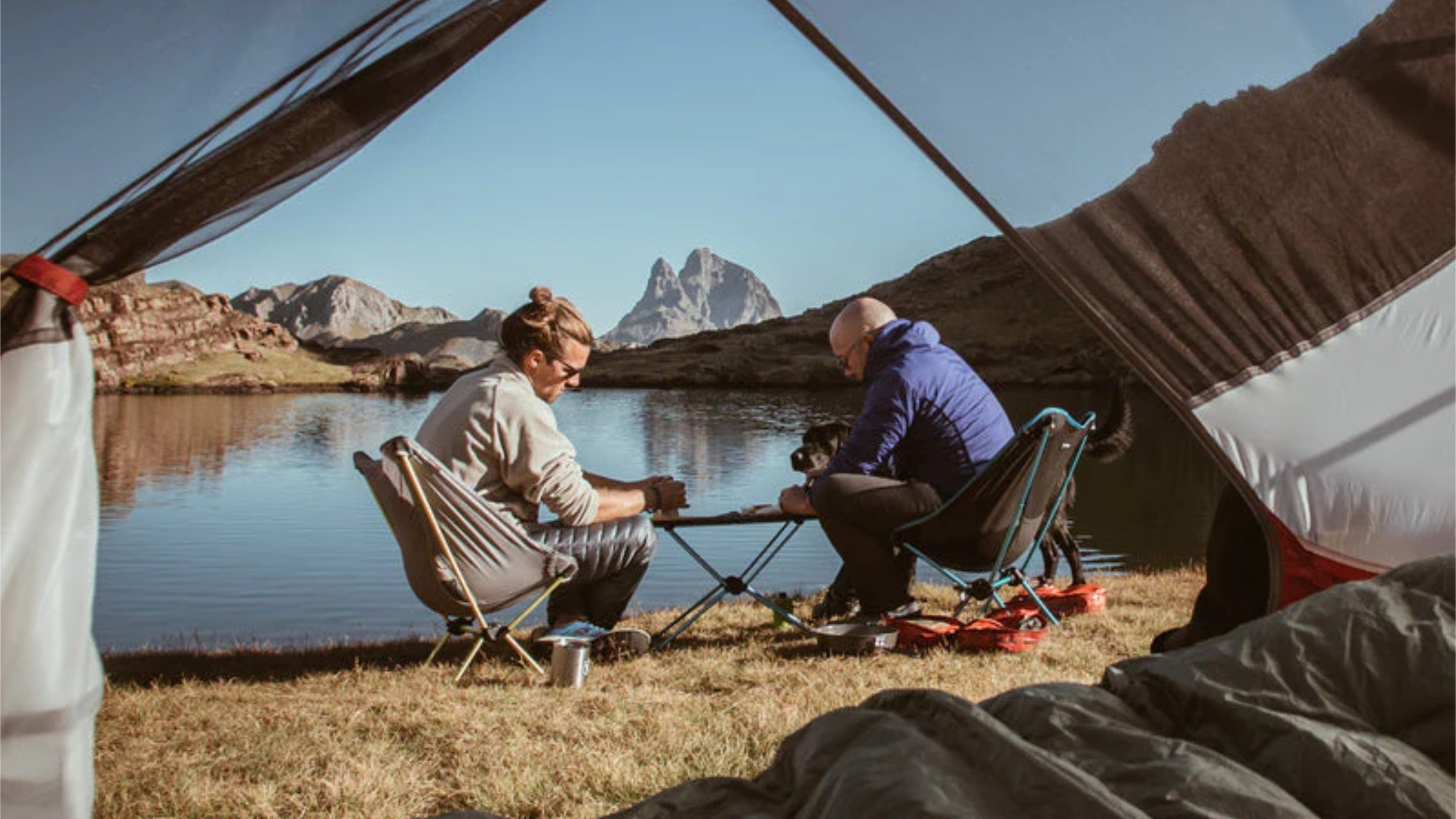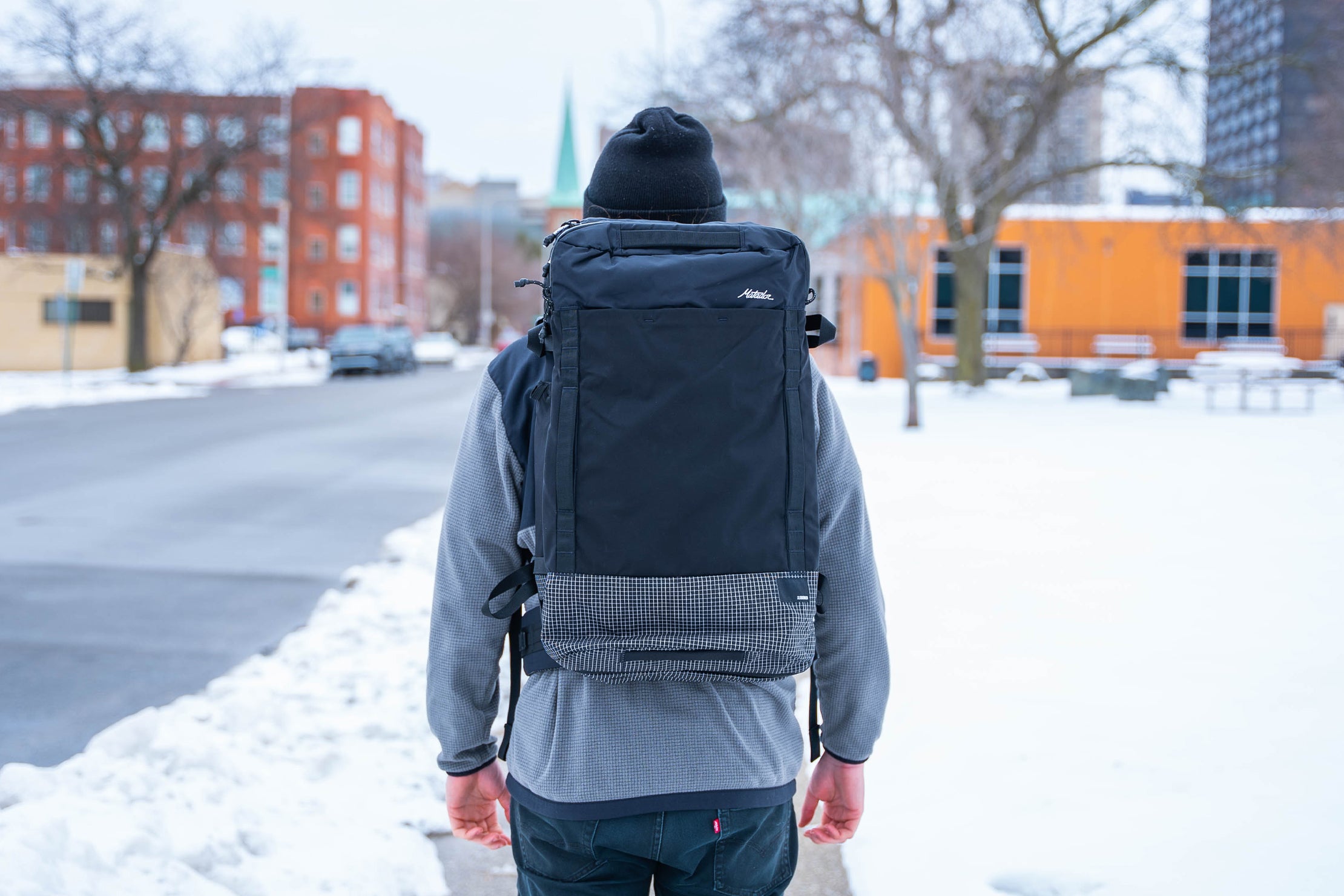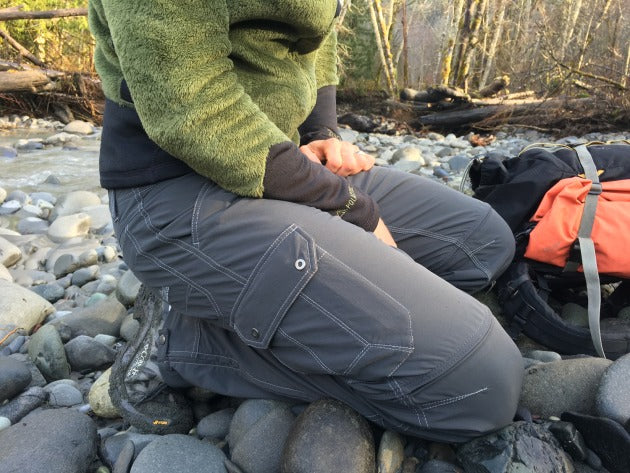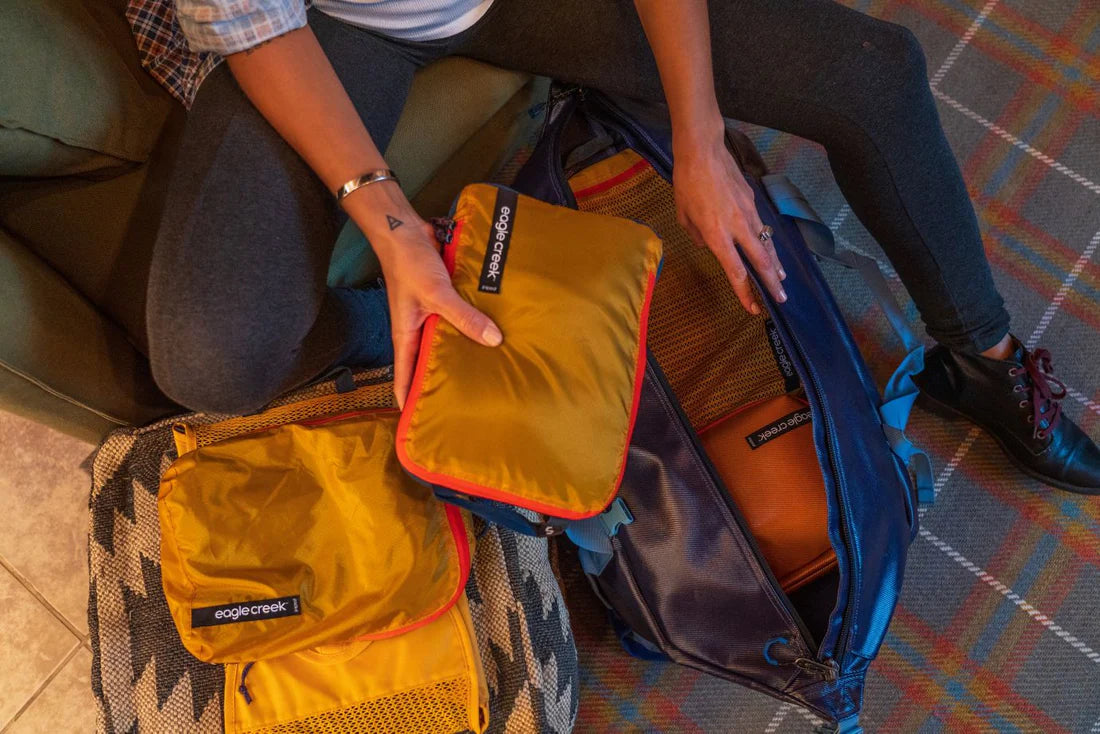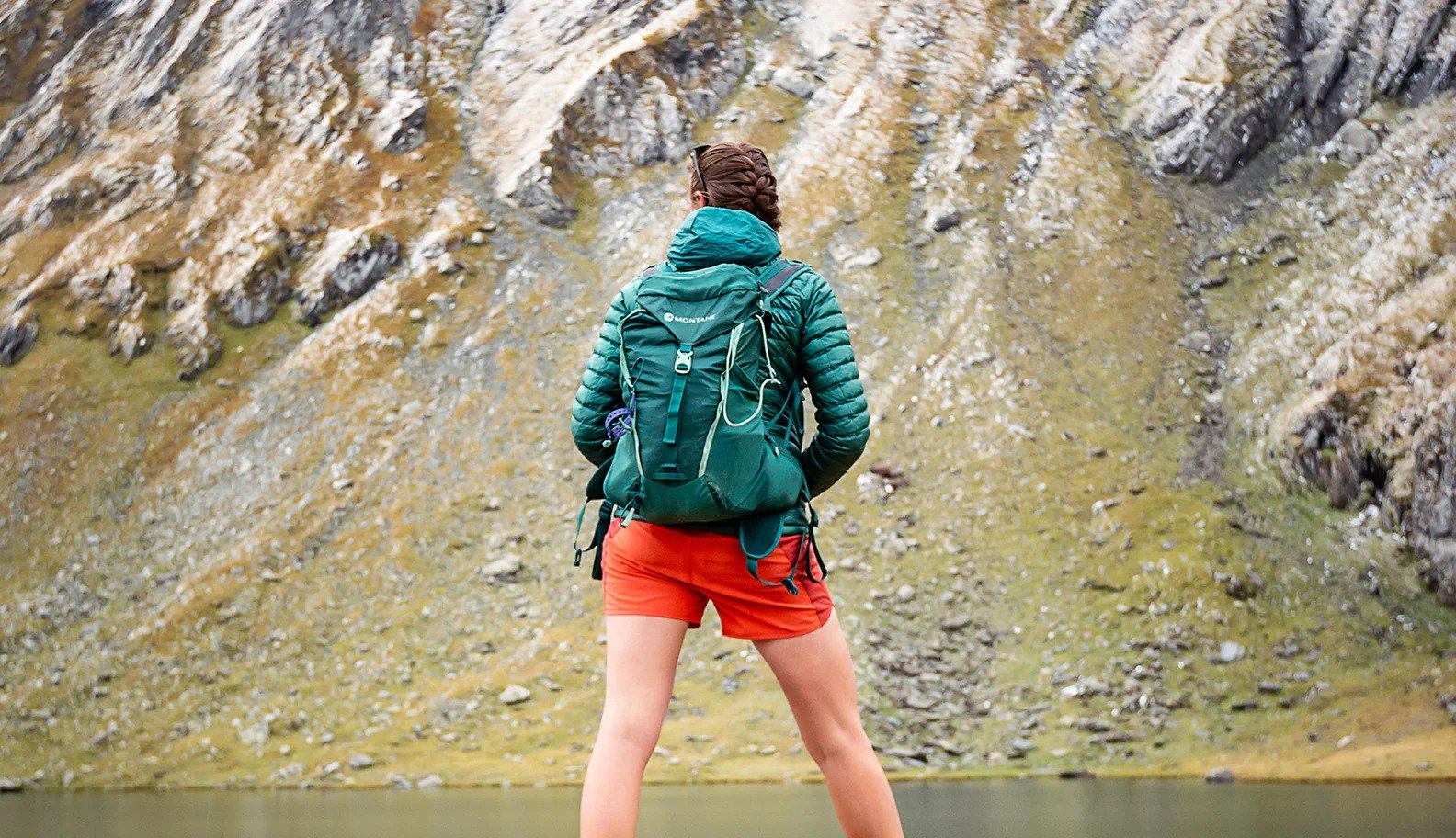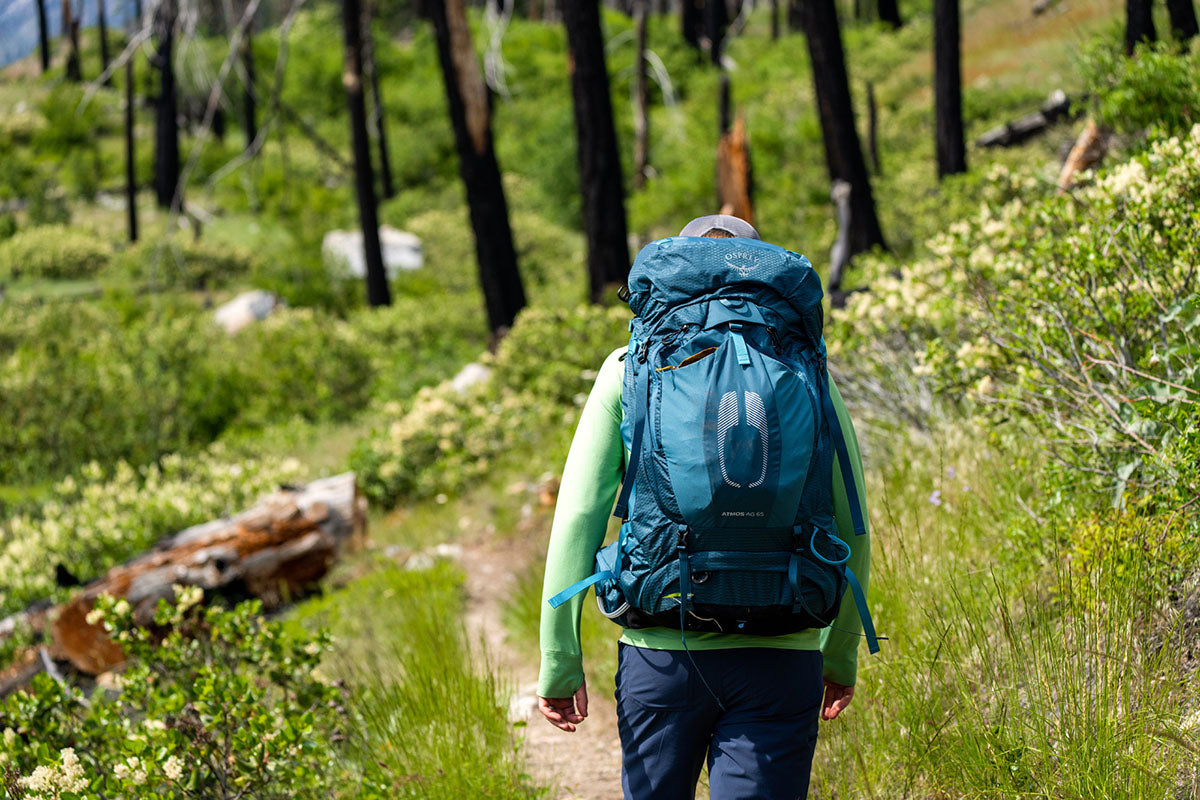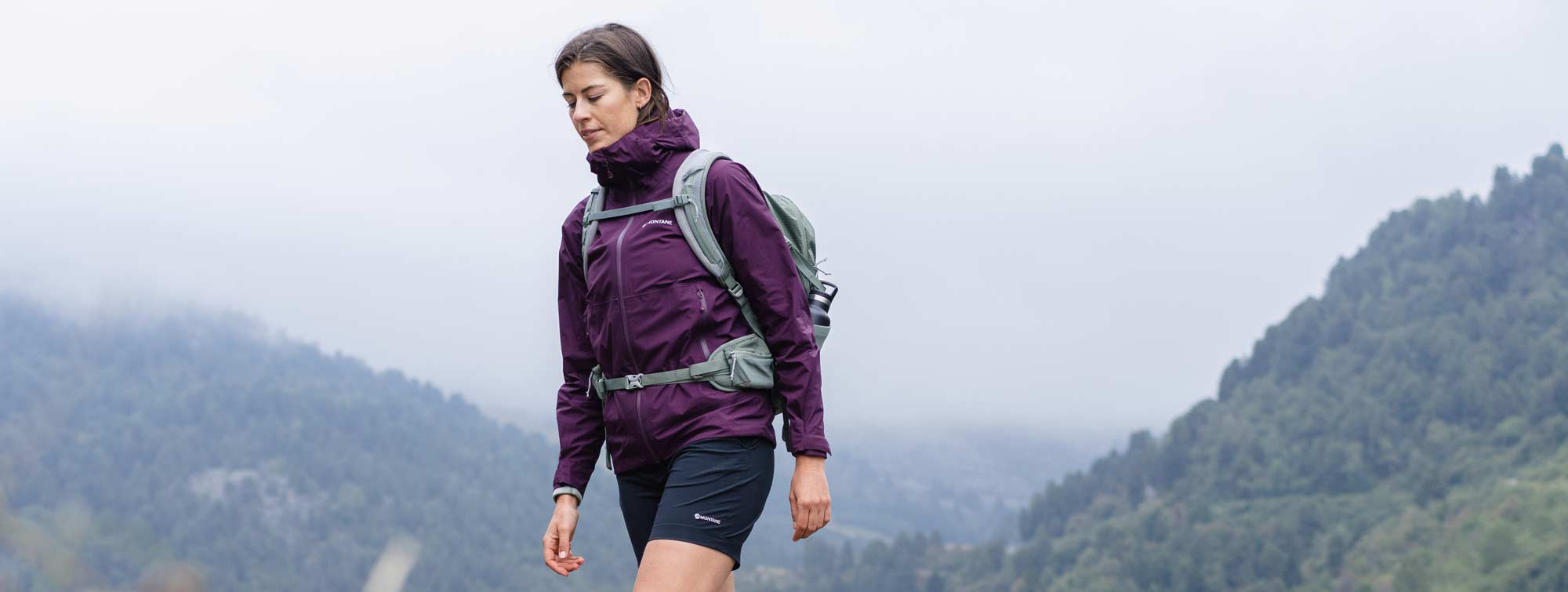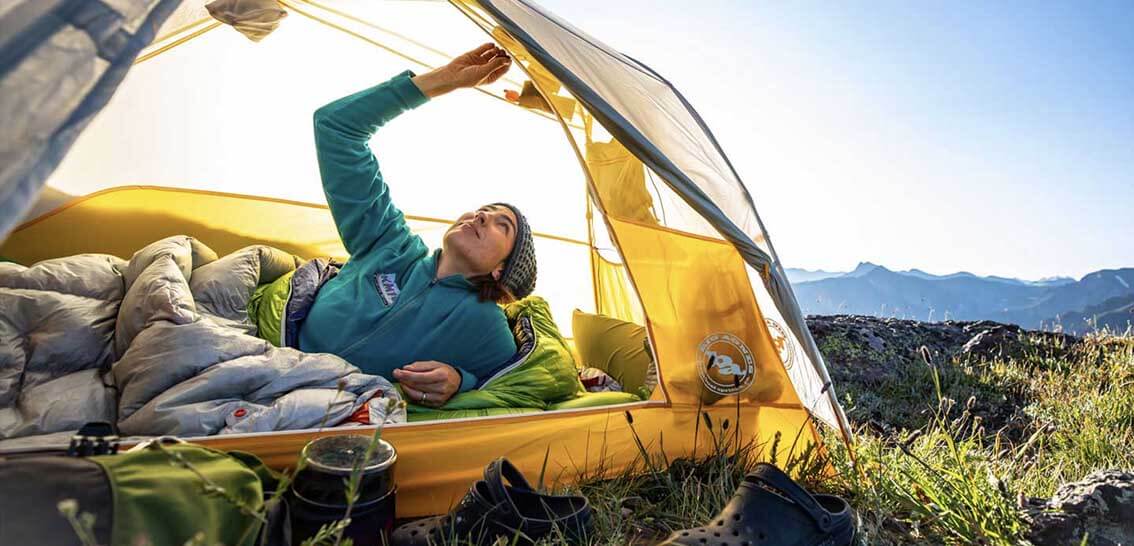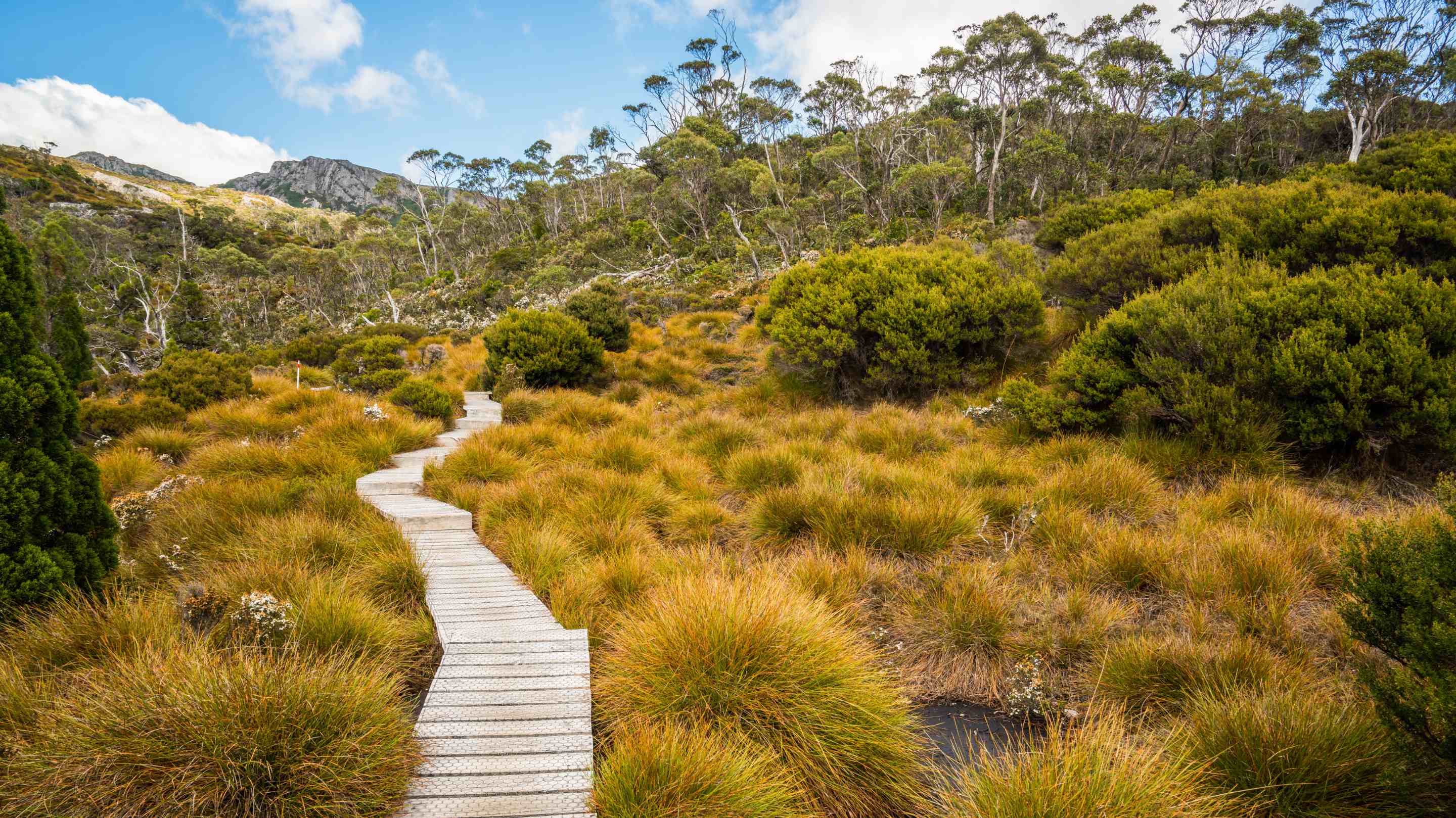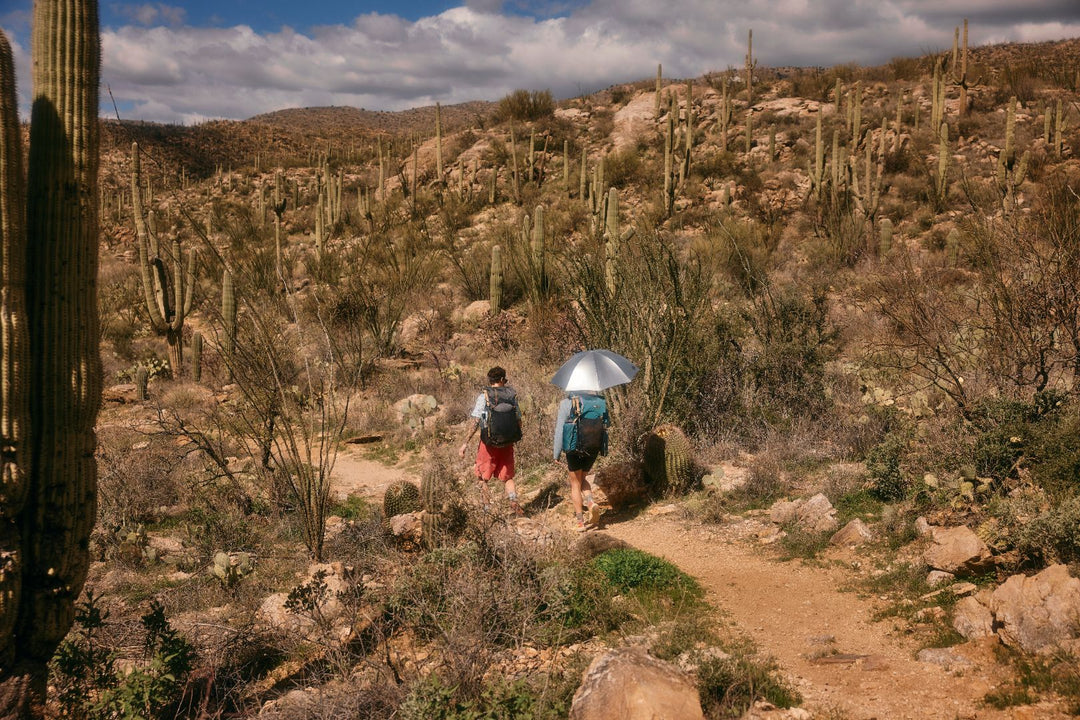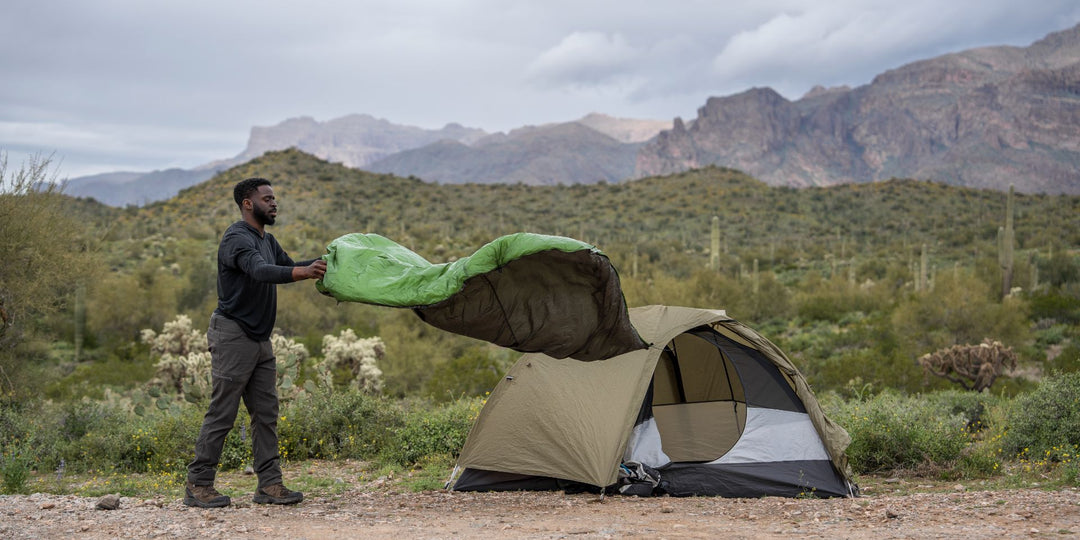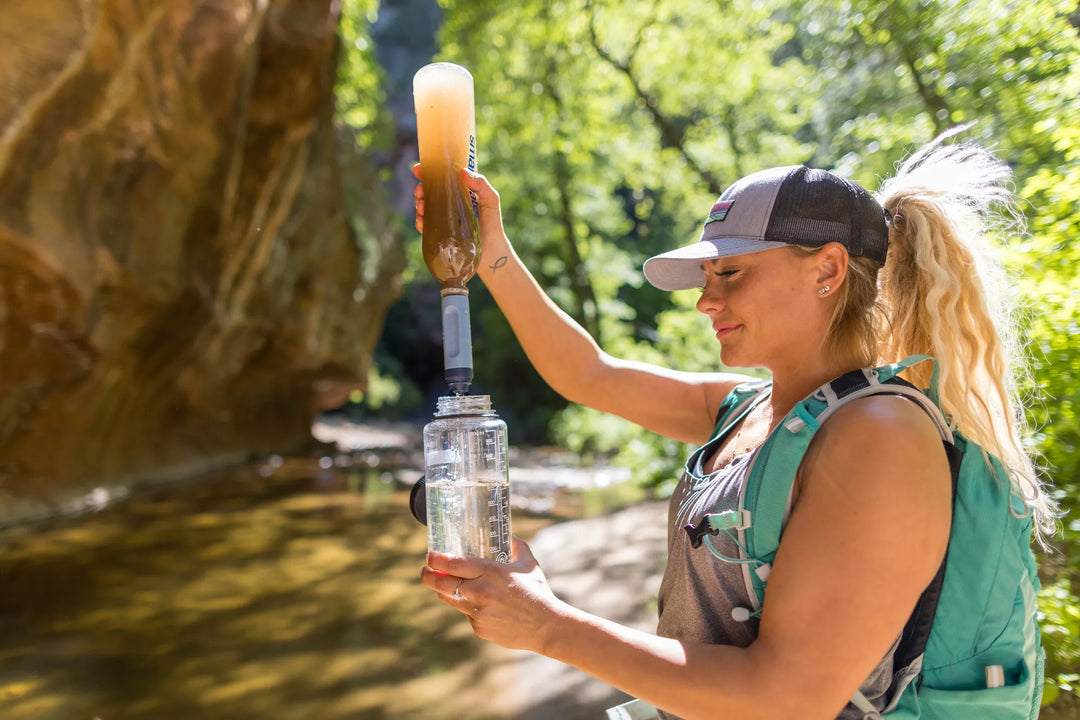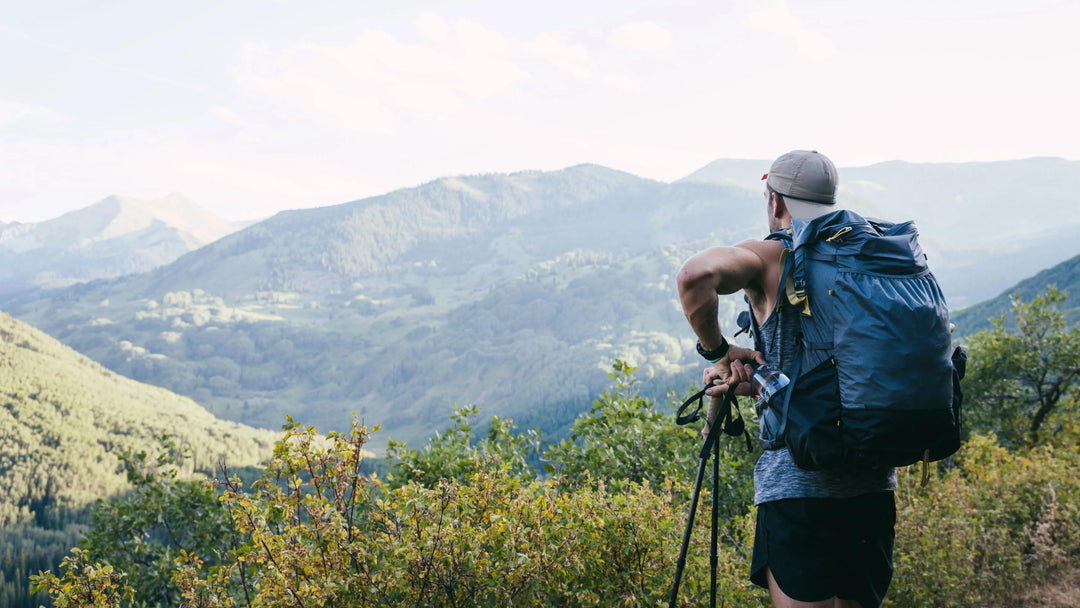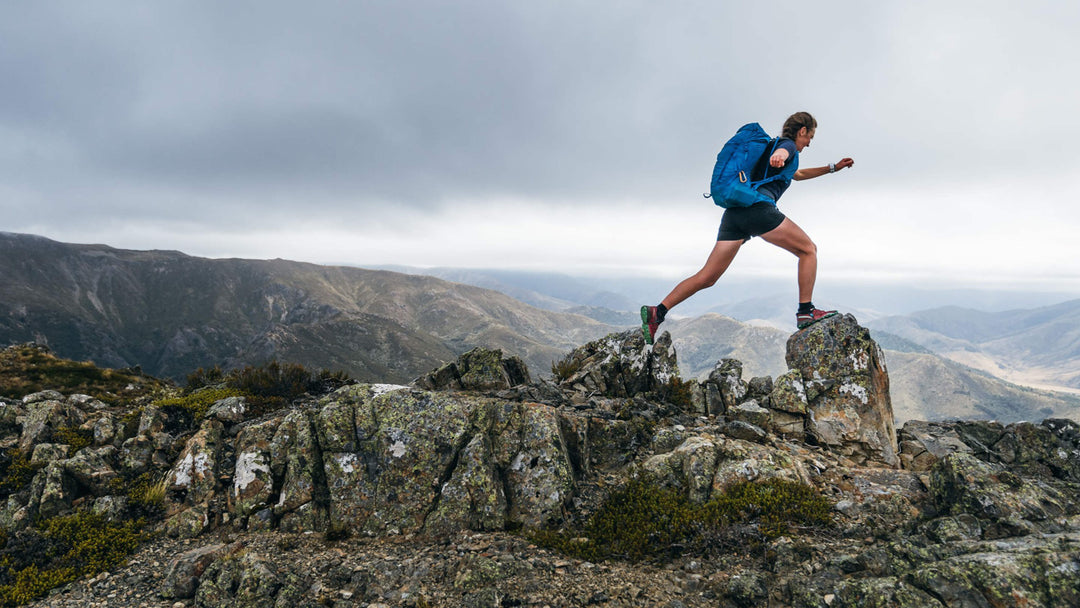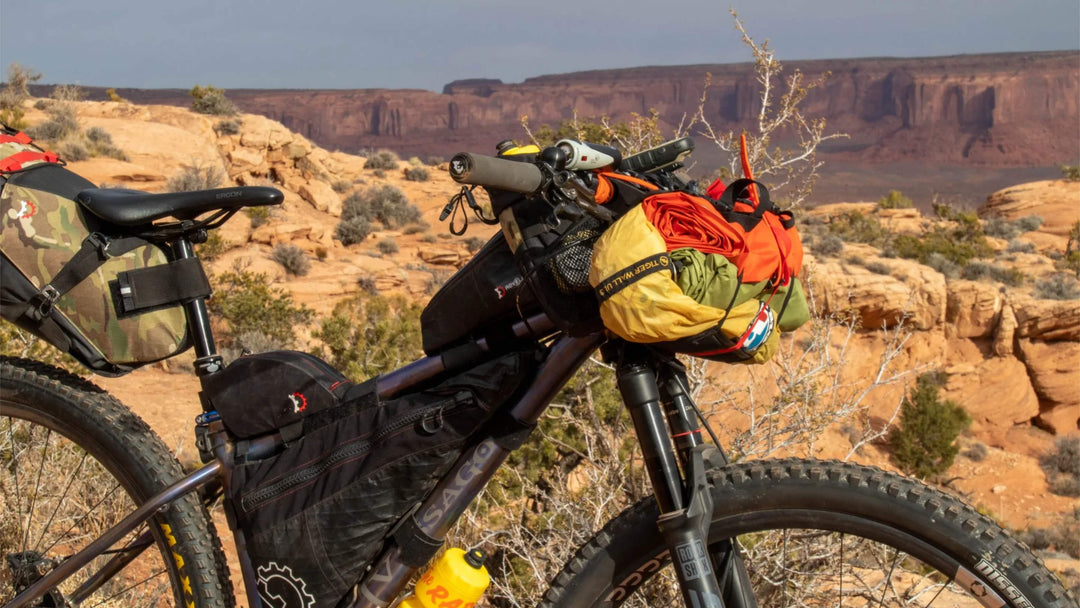By Jack (BPL team member & avid bikepacker!)
SHOP THE BIKEPACKING ESSENTIALS COLLECTION
Whether you are on the side of the motorway or half way up a mountain, every gram counts. However, with the added importance of aerodynamics for energy consumption, packability and organisation take the wheel.
If you have a great hiking setup then the chances are you have most of the gear you need to go bikepacking, except now the goal becomes how much weight you can get off your back.
Bike Bags
Bike bags are essential, if packed correctly they can make weight disappear in a way that has a tendency to convert lifelong hikers into bikepackers.
The three most common storage solutions are as follows:
- Handlebar Bag - For easy access: snacks, gps/maps, medical kits, chargers
- Frame Bag - the heaviest most bulky items: tent, poles, water, food, (sleeping bag to fill gaps perhaps, you don't want things banging around)
- Saddle Bag - compressible items: down jacket, sleeping bag, clothing
Many of these bags are waterproof or highly weather resistant, be sure to check in case you need dry bags too.
Sleep Setups
Packability is the top priority, luckily this usually comes hand in hand with lightweight gear.
Many tent manufactures will offer bikepacking versions of their tents with shortened pole segments to fit in between the handlebars (or in a frame bag), with no compromise to comfort and space once setup. Poles are often the hardest item to pack so this is a great solution. See the Big Agnes bikepacking range as an example:
Lack of storage is one of the main reasons that you will see many bike packers opting for tarp setups. If you are happy to sacrifice the fast setup of a traditional pole tent, a tarp that weighs in at under 400g usually compresses down to the size of a mango, meaning you can fit a couple more days of food or a larger sleeping bag for colder weather.

Food & Hydration
Food and hydration are as essential as ever, easy access to water on the go means less stopping and more distance. Camelback’s new M.U.L.E range offer water bladder solutions as well as water bottle holders all within reach of the handlebars.
How much food and water you need depends on the type of trip you are on.
Hopping from town to town with the ability to resupply multiple times a day? - three litres of water and a bag of almonds might cut it before you roll into the pub for a parmi as the sun sets.
In the middle of Alpine NP with no service, let alone an IGA? - Ensure you have enough dehydrated meals and a water filter in order to not get stranded. A hiking stove such as the Soto Windmaster means you can still enjoy a warm meal and a coffee in the morning.
Sometimes a small backpack is the best solution for stocking up on food and water when there is a long stretch between towns. See the Camelback and Trailblazer range!
Layering
In cold weather, windproof layers are essential to staying warm. Our pick for a windproof layering system that has the ability to easily regulate body temperature is a Montane Featherlite jacket over a Protium fleece jacket (with the thickness based on the temperature), substituting the Featherlite for a hardshell in the rain.
Overheating is a common issue when riding, the breathability of the Protium paired with the full zips on both jackets allows for easy temperature regulation ensuring you are never too warm or too cold.
In warmer temperatures a long sleeve sun shirt is our pick, allowing for lots of airflow while still maintaining sun protection for those extended days without shade.
In summary, bikepacking is all about packing smart and keeping things light. With the right bags and gear, you can stay organized and comfortable on the go. Just remember to plan for food, water, and weather, and you'll be set for a great adventure!


